Past Exhibitions
Browse the chronological list of past exhibitions at the Saint Louis University Museum of Contemporary Art (MOCRA), or search for a specific exhibition. Click “View” for more information about an exhibition. If you need further information about an exhibition, please contact us.
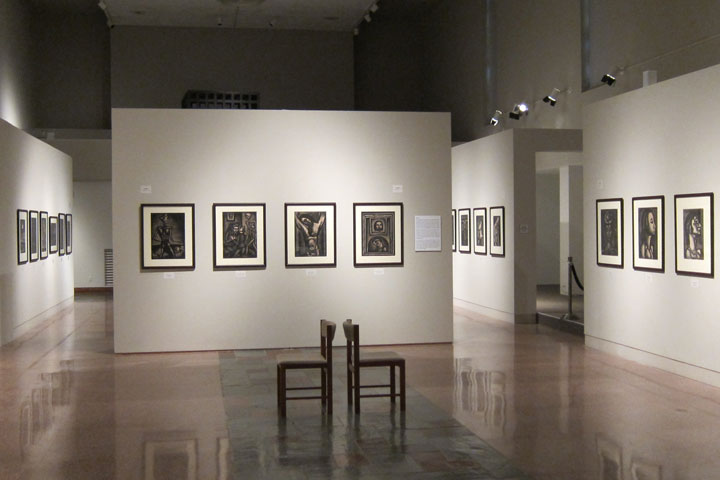
Georges Rouault: Miserere et Guerre
March 8, 2011 to July 31, 2011
About the Artist
Georges Rouault was born in working-class Paris in 1871, and apprenticed as a youth to a stained glass workshop. In late 1890, he enrolled in the École des Beaux-Arts, where he became the favorite pupil of Symbolist painter Gustave Moreau. Rouault became involved with the Fauves (among them his classmate Henri Matisse) and began participating in major exhibitions, notably the Salon d’Automne of 1905. Rouault developed his own, primarily Expressionist, style, influenced by his strong affinity for the medieval period. Yet he remained outside of the group movements that dominated the twentieth century, developing a focused, persistent artistic vision expressed in a variety of media. In addition to paintings, drawings, and prints, he also executed ceramics and designs for tapestry and stained glass, as well as the set for Diaghilev's ballet 1929 ballet The Prodigal Son. Rouault came to be highly regarded in France and internationally, and was the first artist to be given a state funeral by the French government upon his death in 1958.
About the Exhibition
Rouault’s Miserere is considered a landmark in the history of printmaking and twentieth-century art. Originally commissioned by Rouault's powerful Parisian art dealer, Ambroise Vollard, the project was conceived as two volumes, titled Miserere and Guerre, to be made up of 100 large etchings accompanied by text by poet André Suarès. Rouault developed the majority of the images between 1914 and 1918-the years of World War I. His initial ink and gouache sketches were transferred to copper plates. Under Vollard’s strenuous demands, Rouault reworked the plates continuously between 1922 and 1927. Ultimately, the books never materialized, but 58 images were printed in an edition of 450 in 1927. Vollard later had the plates canceled so that no further prints could be made. However, due to Vollard’s untimely death in 1939 and Rouault's legal struggles with Vollard’s heirs, the etchings were not published until 1948. Given the title Miserere, they were recognized as a milestone in expanding the technical and expressive range of the print.
Perhaps more than anything, Rouault’s devout Roman Catholic faith was the guiding if unstated principle of his art, leading to his persistent concern with the twin themes of humanity’s frailty and redemption. Miserere is in many senses a comprehensive expression of Rouault's religious vision. In the series Rouault addresses many of the themes that prevail throughout his work: brutality; degradation; hatred; injustice and judicial corruption; loneliness; poverty and hunger; the destructiveness of war; and-counterbalancing it all-compassion. Art critic John Canaday describes Rouault as “one of the great printmakers of the age,” and the Miserere prints as “landmarks in the development of print techniques.” Born out of the unprecedented violence of the First World War and Rouault’s intense compassion for the marginalized and underprivileged, Miserere continues to speak forcefully and poignantly in our present times, and can be appreciated for its technical achievement, stark beauty, human insight, and spiritual integrity.
MOCRA is pleased to present this major body of work by a distinctive figure in twentieth-century art.
All of my work is religious for those who know how to look at it. | Georges Rouault
above:
Installation view of Georges Rouault: Miserere et Guerre at MOCRA, 2011. Photo by Jeffrey Vaughn.
Related programming
Terrence E. Dempsey, S.J.: Georges Rouault and the Art of Sacred Engagement
Watch Terrence E. Dempsey, S.J.: Georges Rouault and the Art of Sacred Engagement
| Exhibition |
|---|
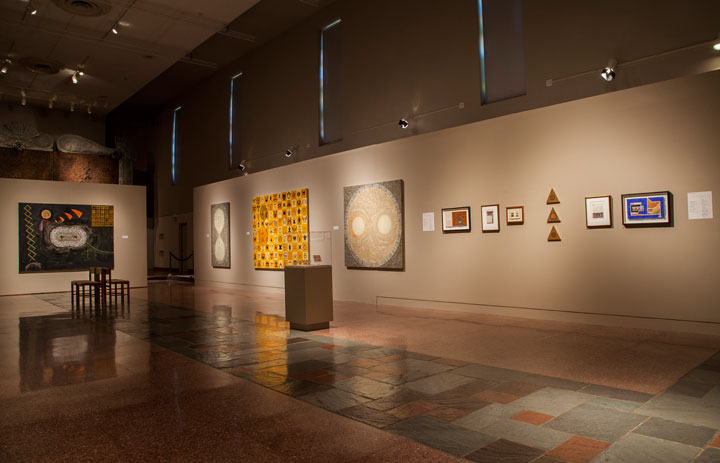
Bernard Maisner: The Hourglass and the Spiral |
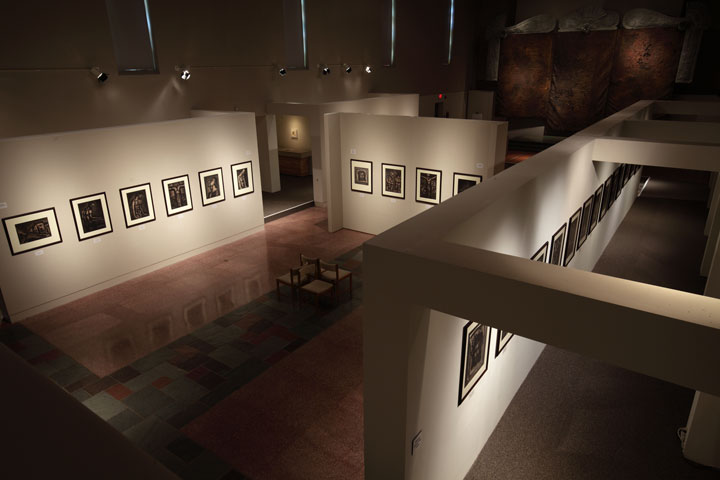
Georges Rouault: Miserere et Guerre |
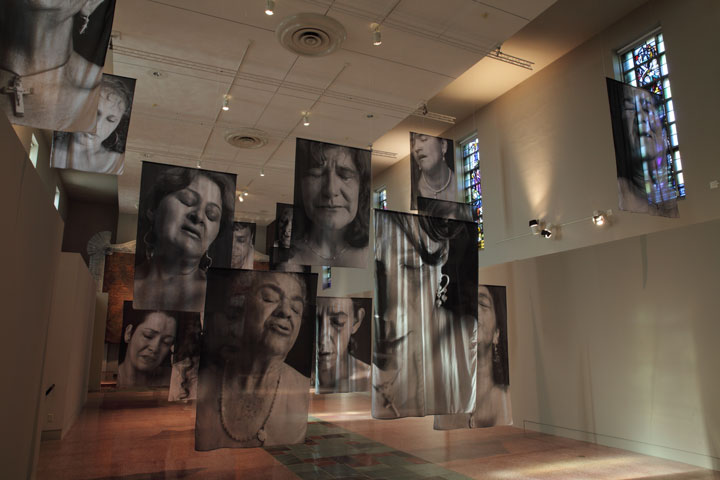
Erika Diettes: Sudarios |
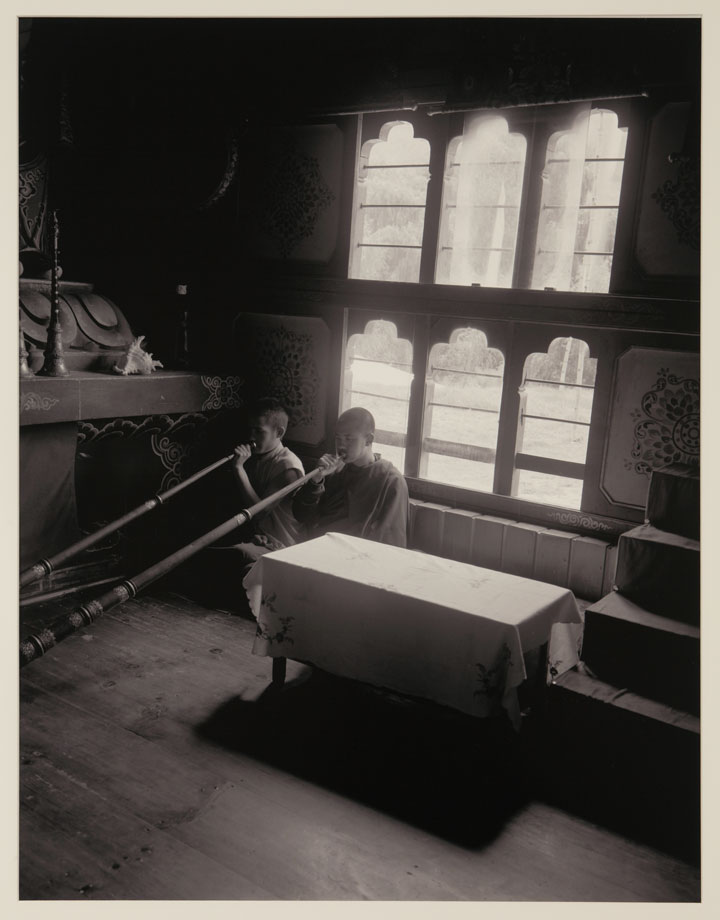
Regina DeLuise: Vast Bhutan – Images from the Phenomenal World |
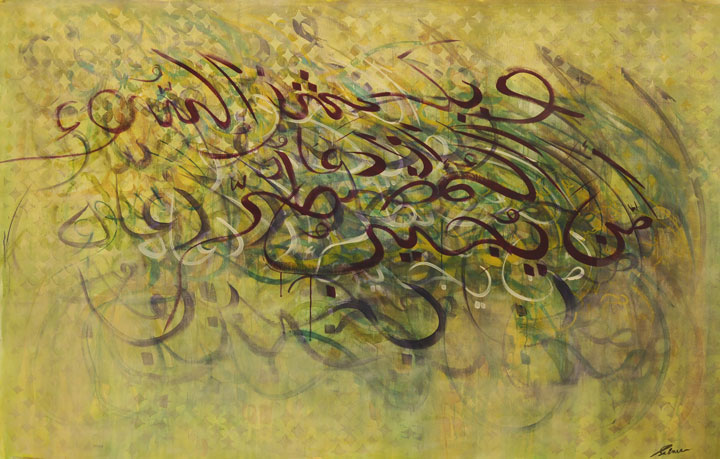
Painting Prayers: The Calligraphic Art of Salma Arastu |
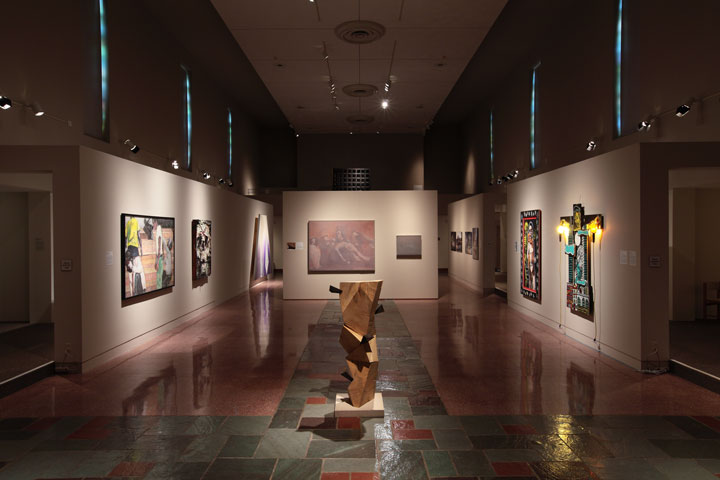
Thresholds: MOCRA at 20 – Part Two, The Second Decade |
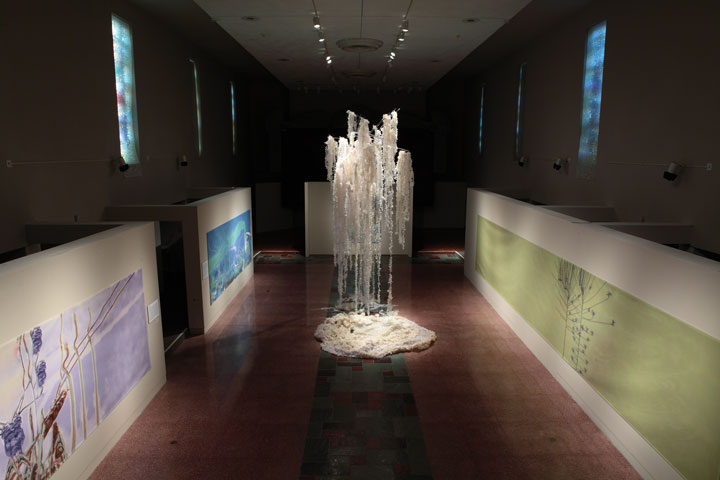
Rebecca Niederlander: Axis Mundi |
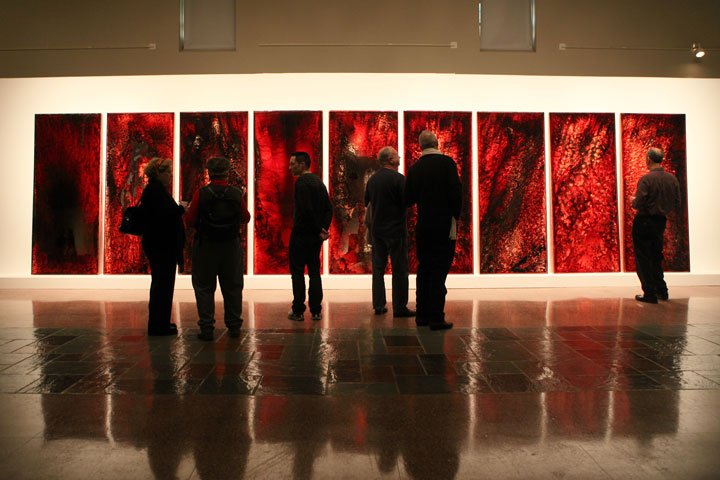
Jordan Eagles: BLOOD / SPIRIT |
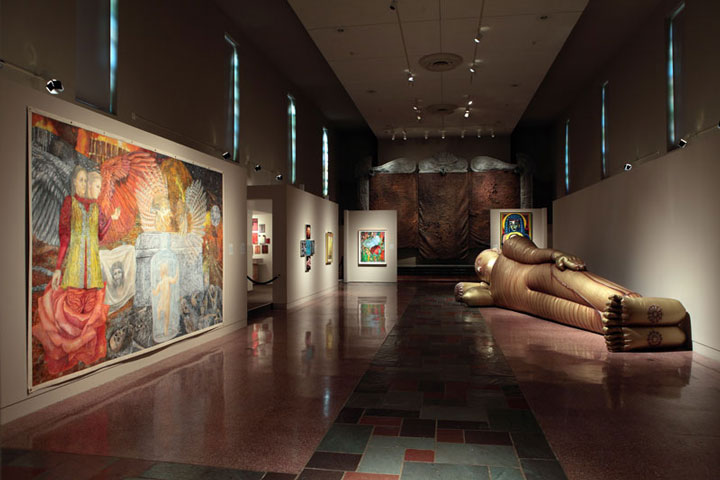
Thresholds: MOCRA at 20 – Part One, The First Decade |
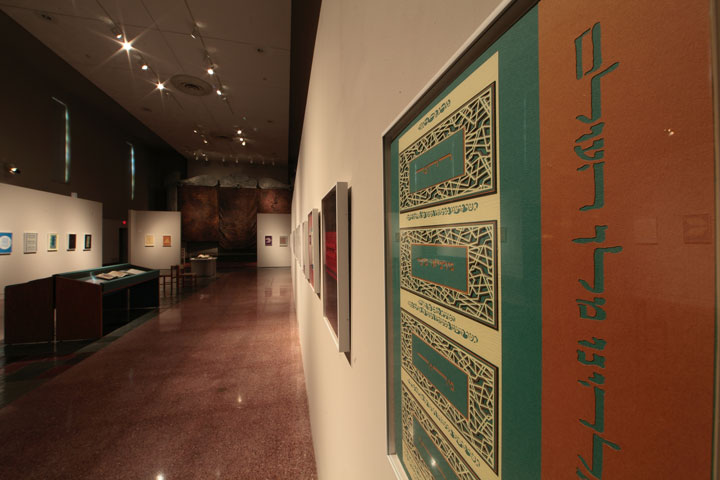
Archie Granot: The Papercut Haggadah |
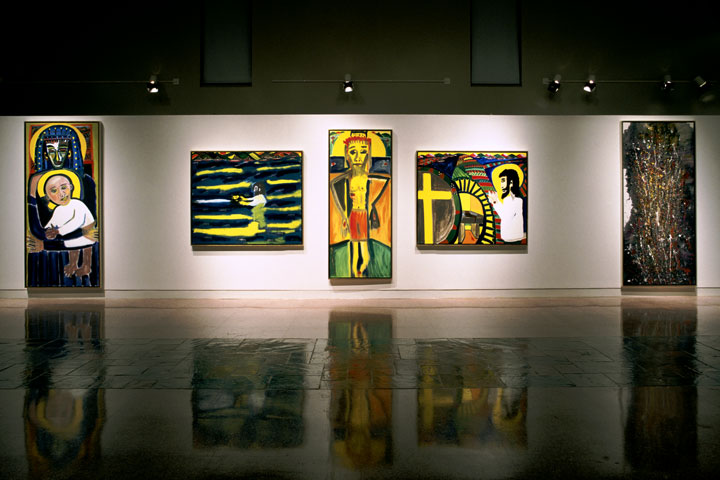
A Tribute to Frederick J. Brown |
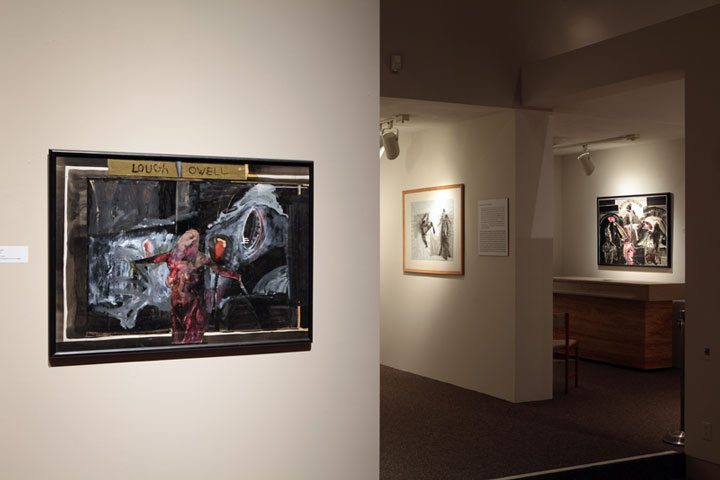
Patrick Graham: Thirty Years – The Silence Becomes the Painting |
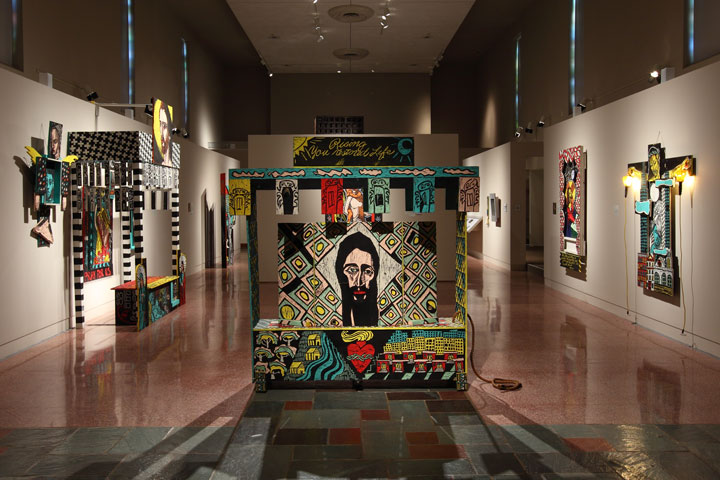
Adrian Kellard: The Learned Art of Compassion |
Good Friday: The Suffering Christ in Contemporary Art |
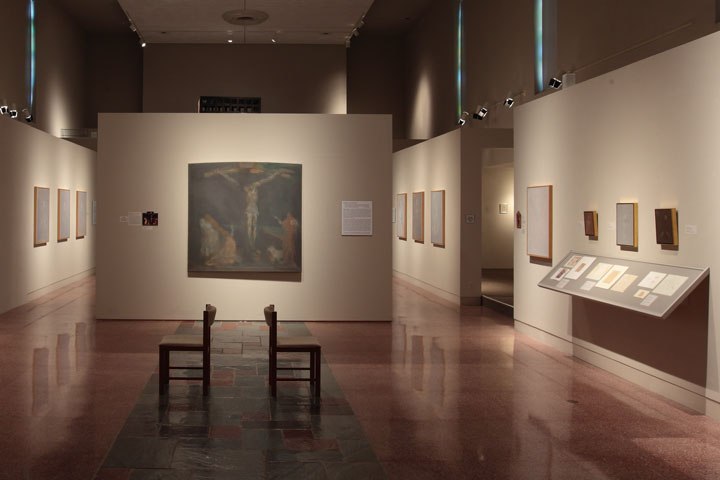
James Rosen: The Artist and the Capable Observer |
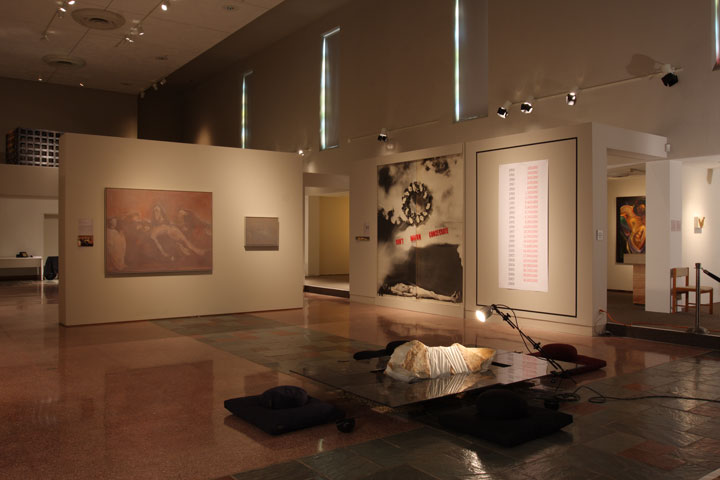
MOCRA at Fifteen: Good Friday |
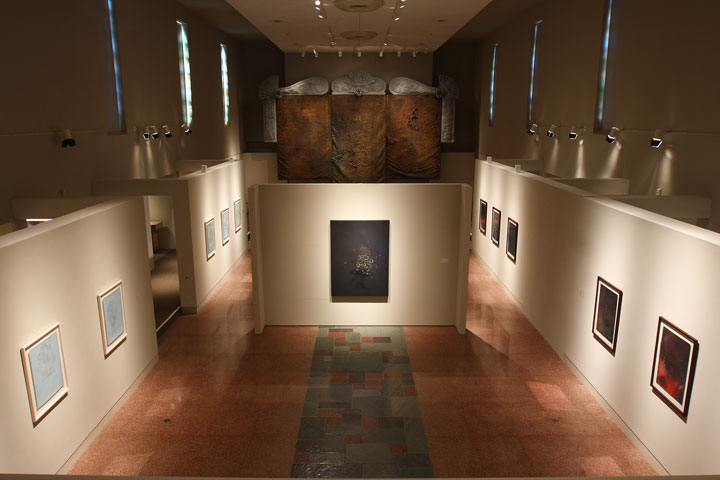
Michael Byron: Cosmic Tears |
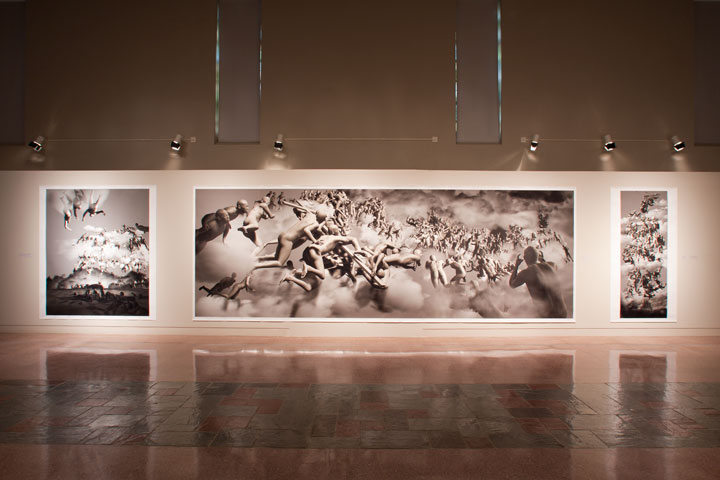
Miao Xiaochun: The Last Judgment in Cyberspace |
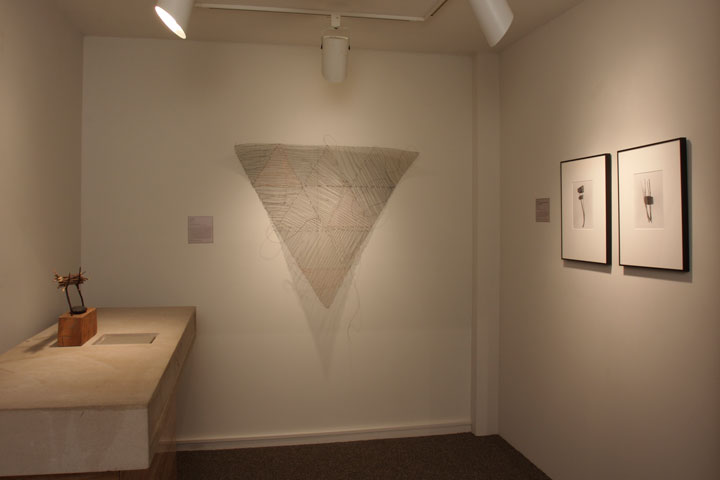
MOCRA at Fifteen: Pursuit of the Spirit |
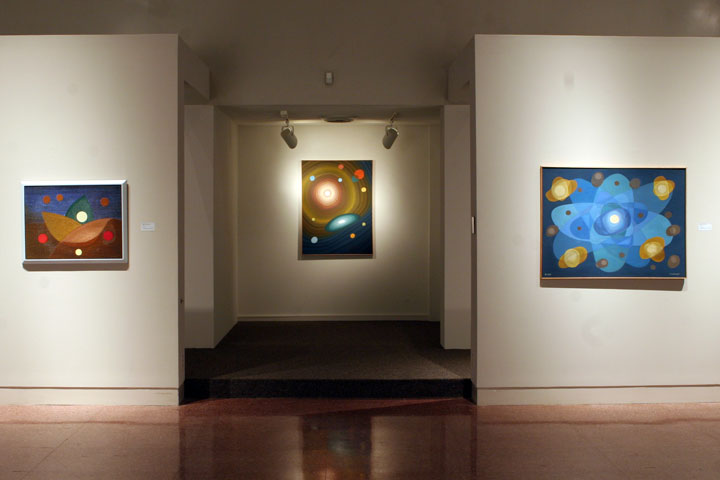
Oskar Fischinger: Movement and Spirit |
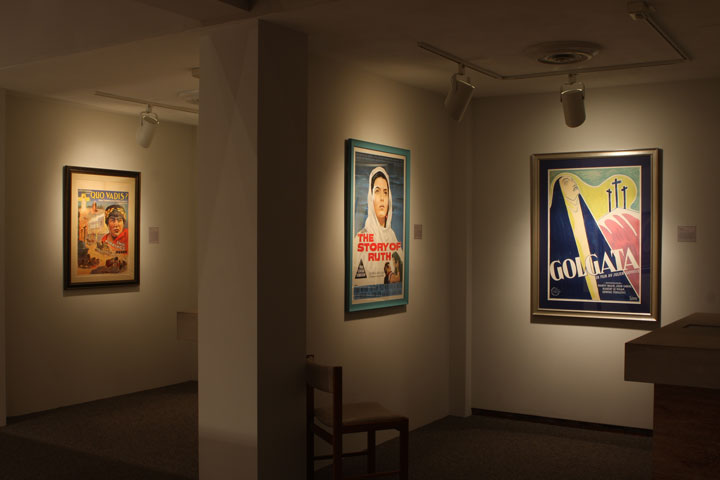
The Celluloid Bible: Marketing Films Inspired by Scripture |
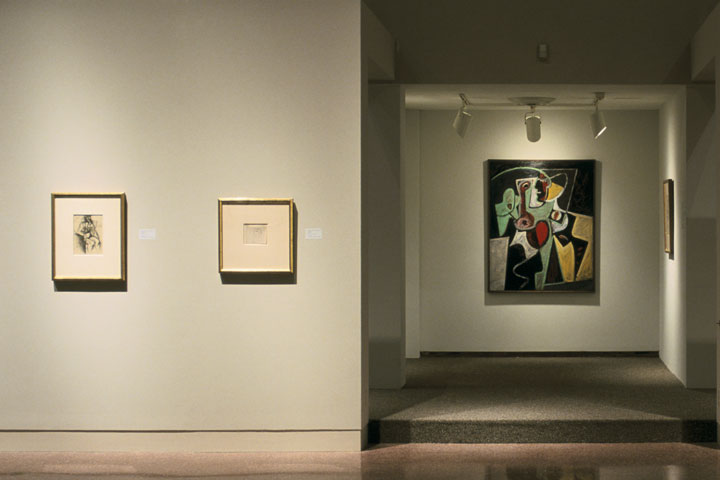
Gorky: The Early Years – Drawings and Paintings, 1927–1937 |

Andy Warhol: Silver Clouds |
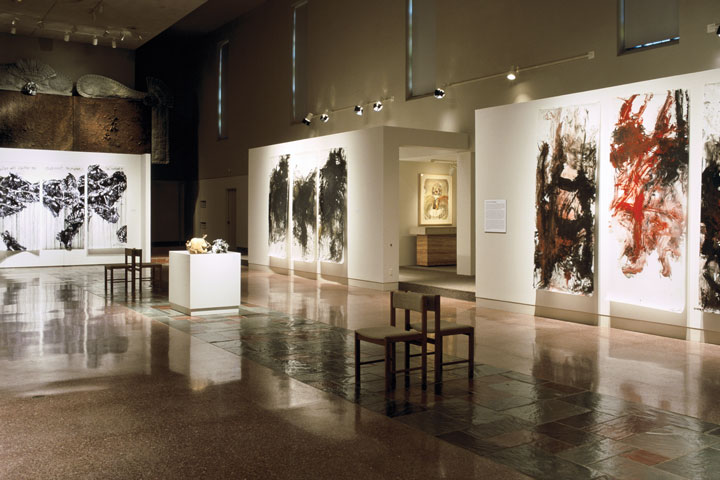
Junko Chodos: The Breath of Consciousness |
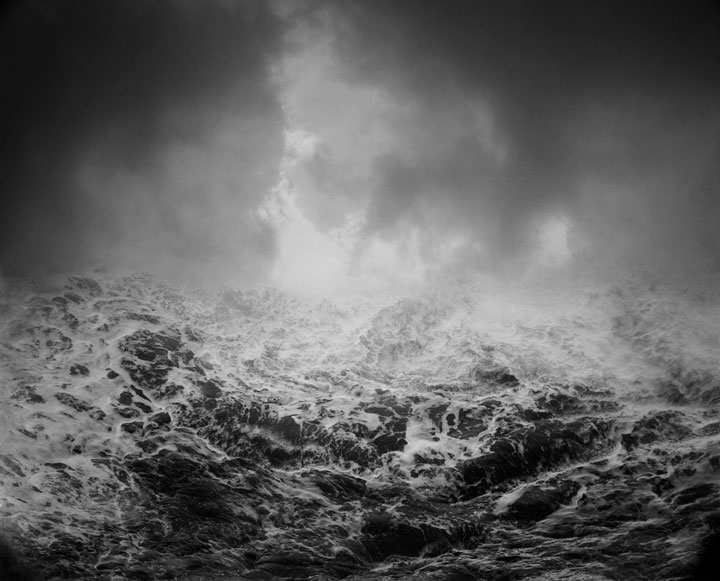
DoDo Jin Ming: Land and Sea |
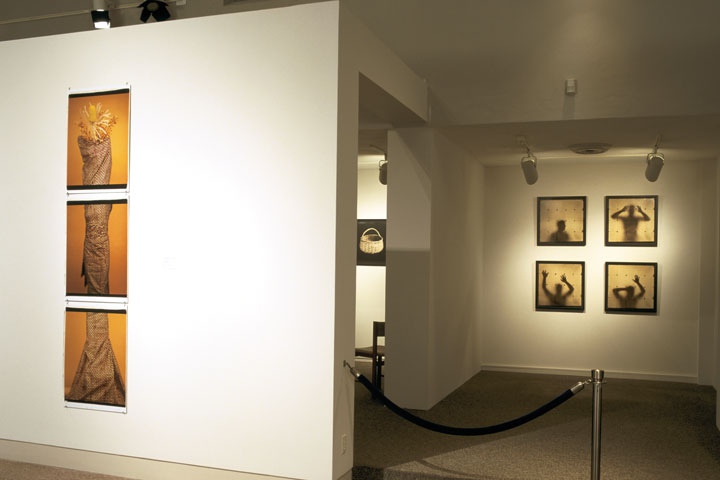
Rito, Espejo y Ojo / Ritual, Mirror and Eye: Photography by Luis González-Palma, María Magdalena Campos-Pons, and Pablo Soria |
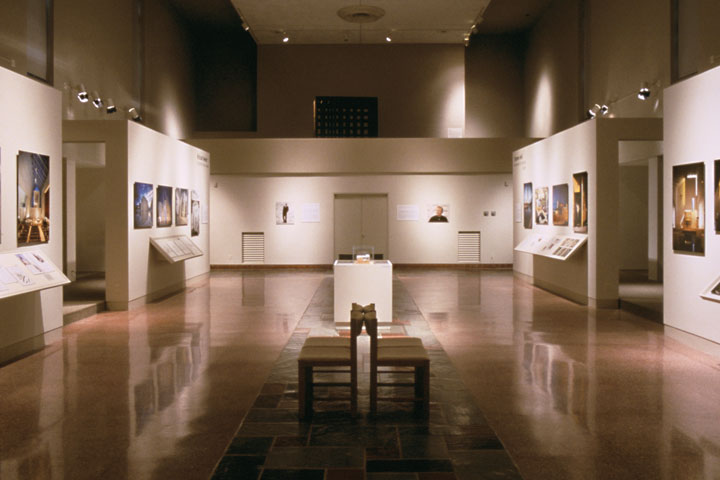
Radiant Forms in Contemporary Sacred Architecture: Richard Meier and Steven Holl |
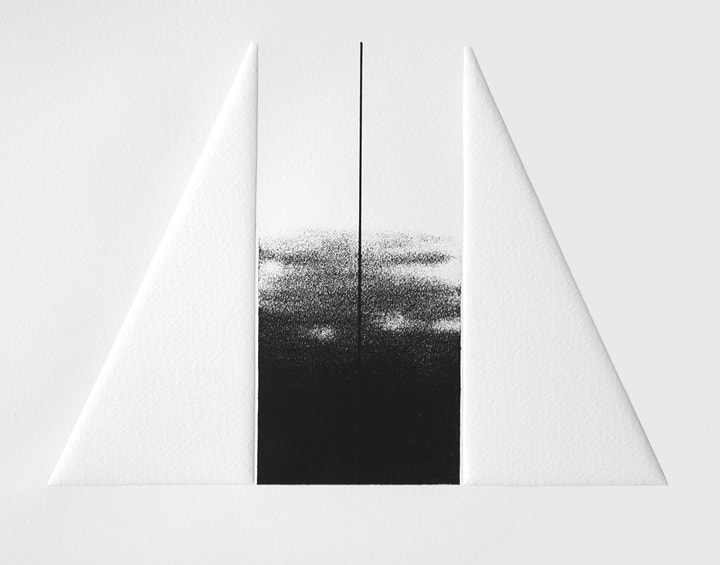
Daniel Ramirez: Twenty Contemplations on the Infant Jesus, an Homage to Oliver Messiaen |
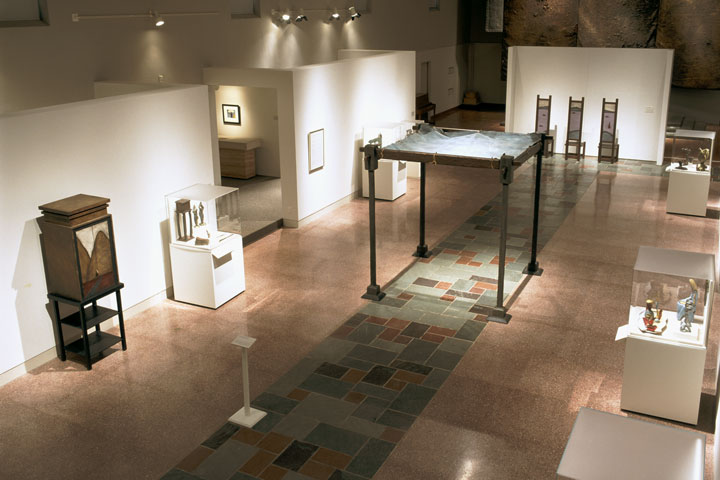
Avoda: Objects of the Spirit – Ceremonial Art by Tobi Kahn |
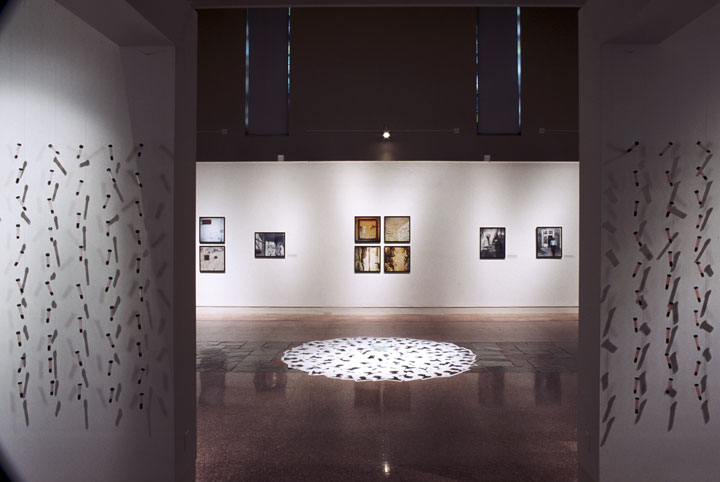
Tony Hooker: The Greater Good – An Artist’s Contemporary View of the Tuskegee Syphilis Study |

Andy Warhol: Silver Clouds, an encore presentation |

Andy Warhol’s Silver Clouds: A Fortieth Anniversary Celebration |
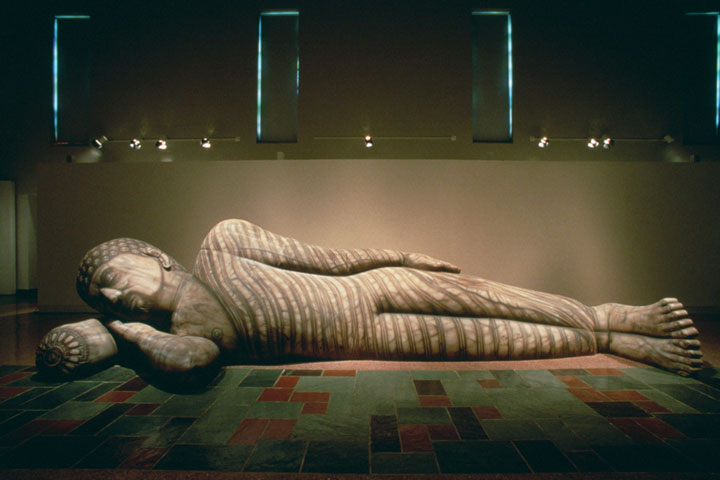
Lewis deSoto: Paranirvana |
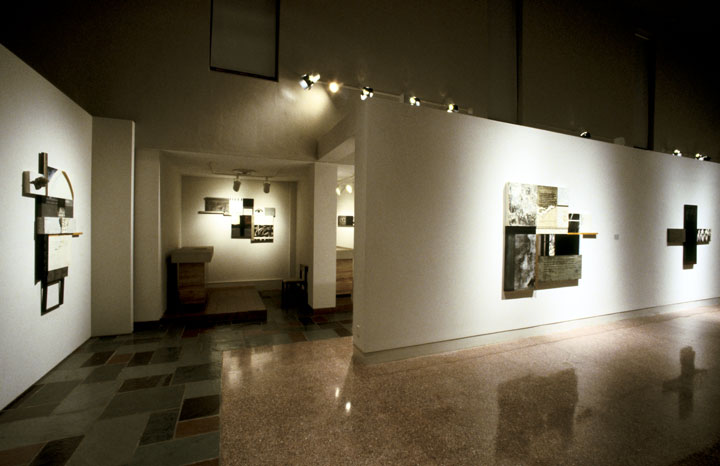
Robert Farber: A Retrospective, 1985–1995 |
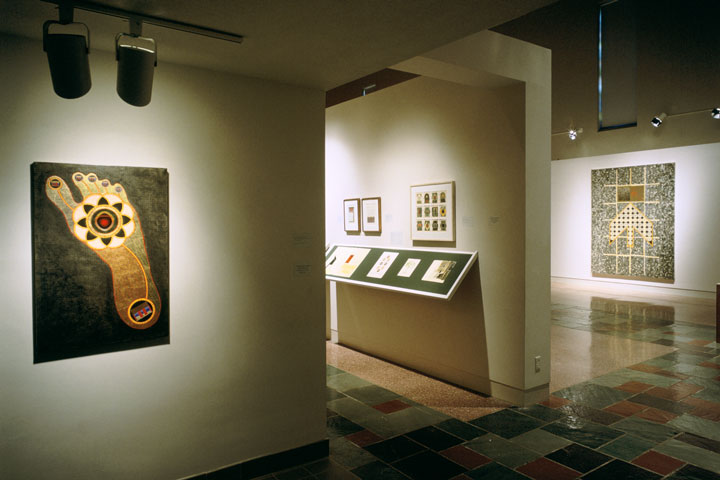
Bernard Maisner: Entrance to the Scriptorium |
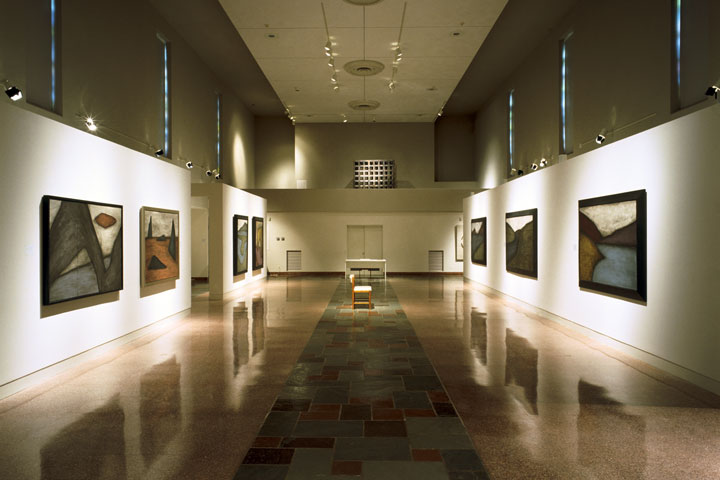
Tobi Kahn: Metamorphoses |
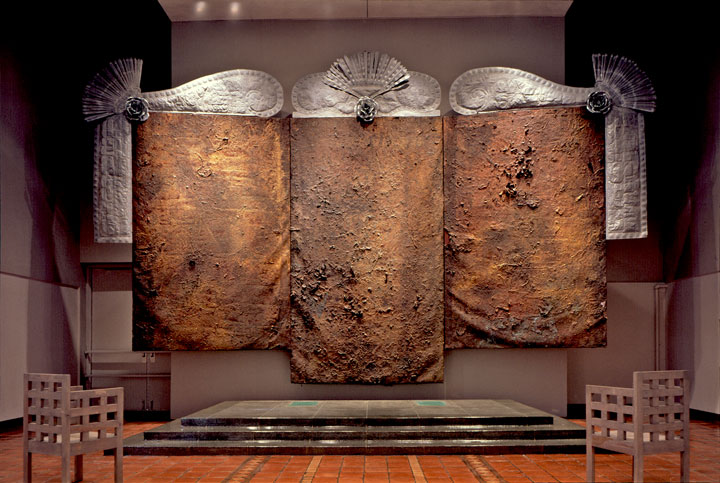
MOCRA: The First Five Years |
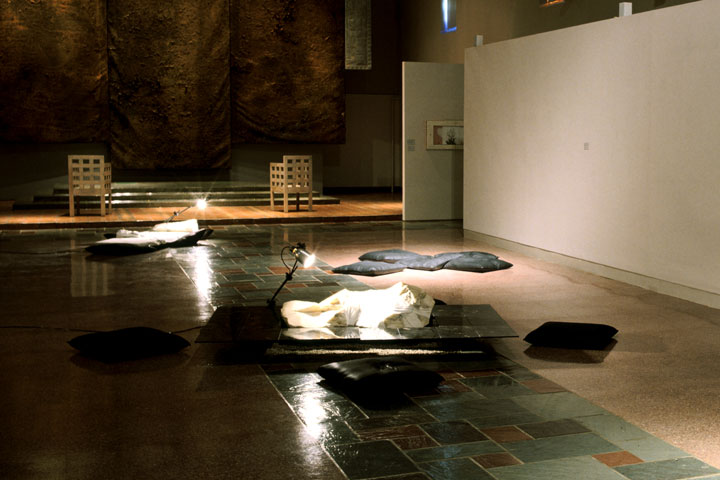
Steven Heilmer: Pietre Sante | Holy Stones |
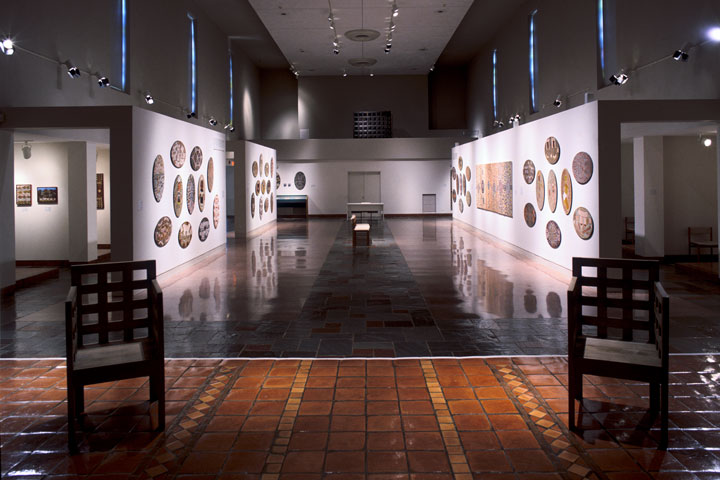
Utopia Body Paint Collection and Australian Aboriginal Art from St. Louis Collections |
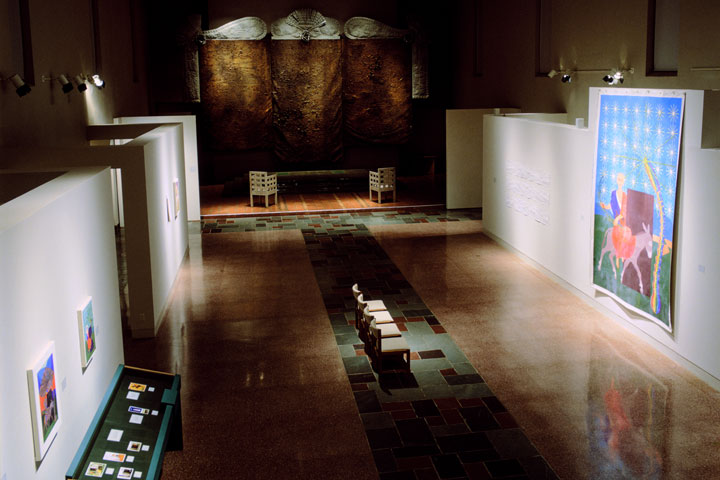
Manfred Stumpf: Enter Jerusalem |
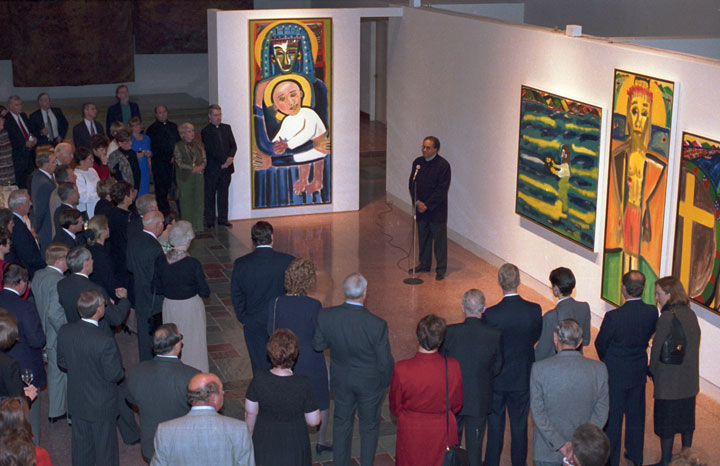
Frederick J. Brown: The Life of Christ Altarpiece |
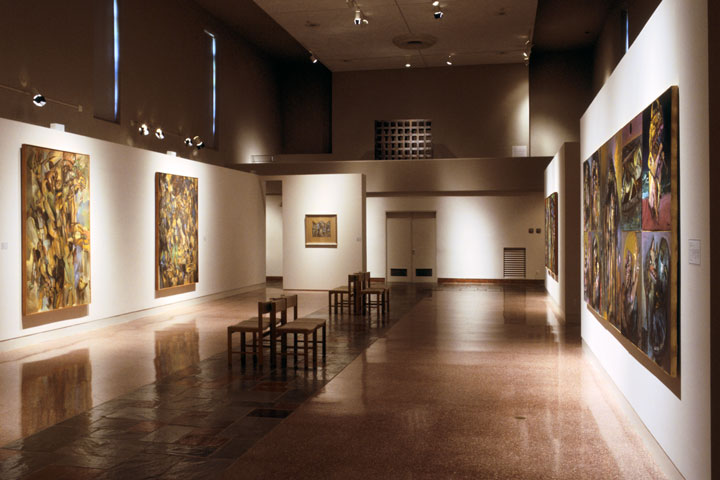
Edward Boccia: Eye of the Painter |
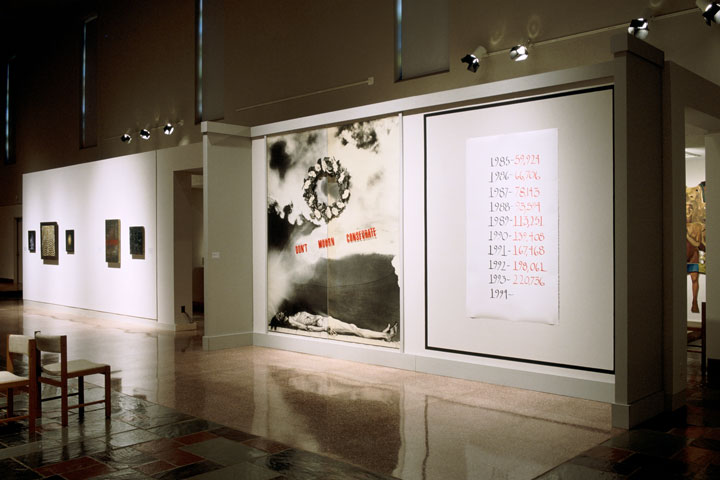
Consecrations Revisited |
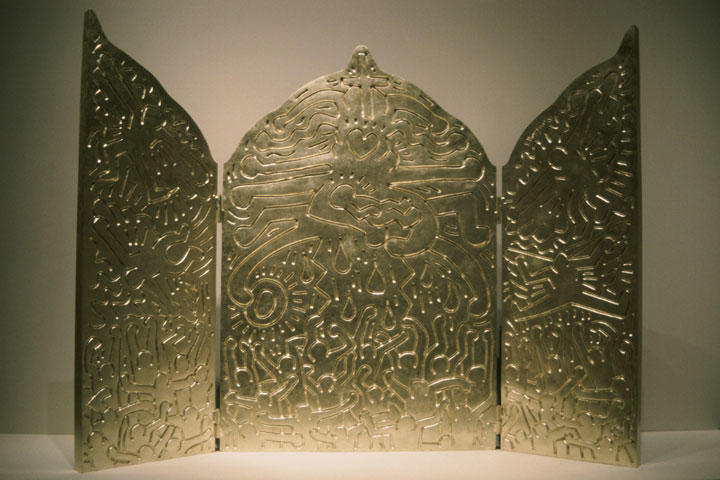
Keith Haring: Altarpiece – The Life of Christ |
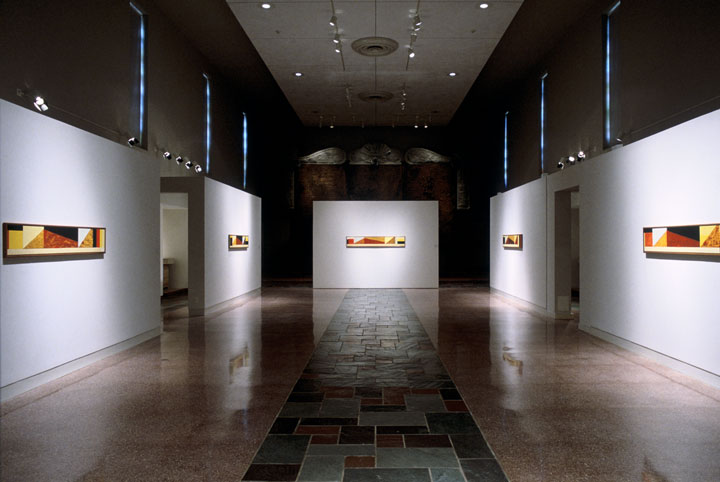
Ian Friend: The Edge of Belief – paintings, sculpture, and works on paper, 1980–1994 |
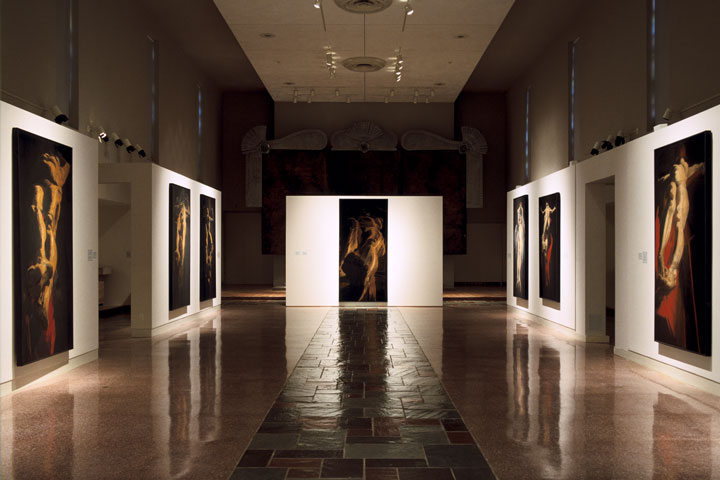
Eleanor Dickinson: A Retrospective |
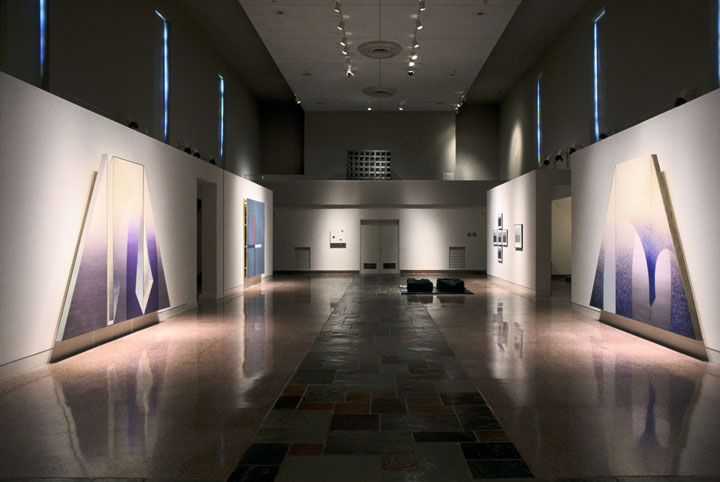
Post-Minimalism and the Spiritual: Four Chicago Artists |
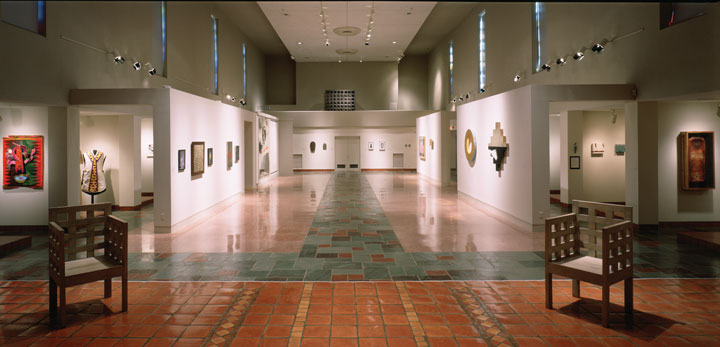
Consecrations: The Spiritual in Art in the Time of AIDS |
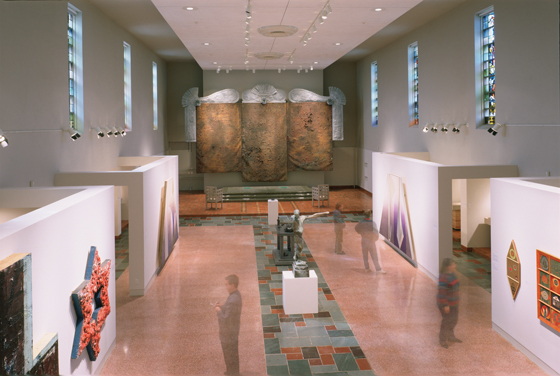
Sanctuaries: Recovering the Holy in Contemporary Art, Part One |
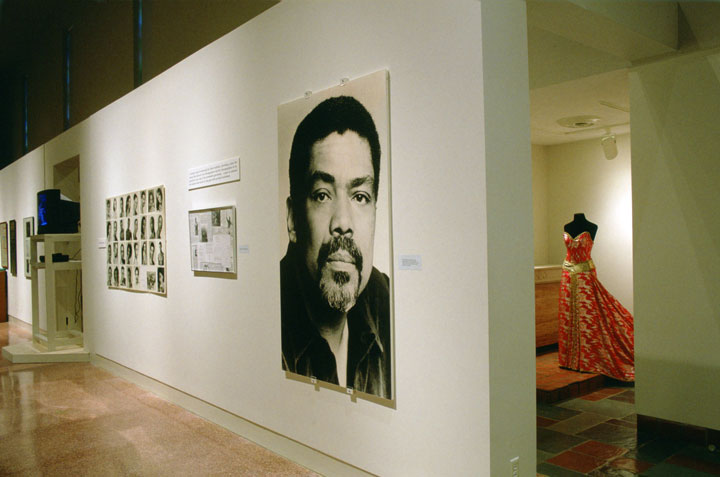
Body and Soul: The Alvin Ailey American Dance Theater |
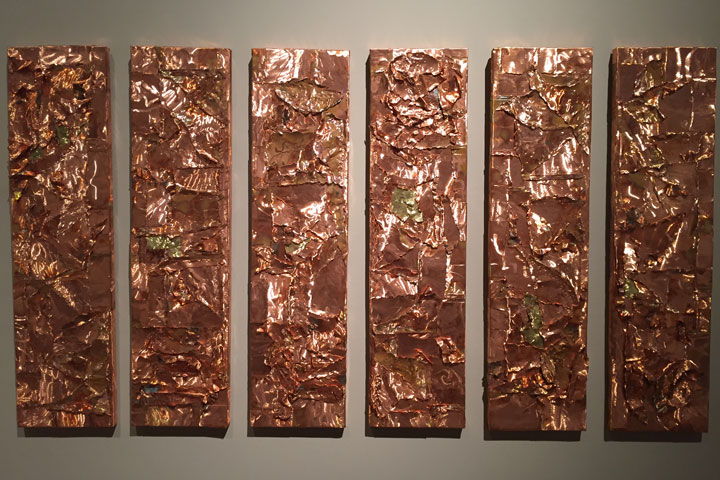
Transformations: Highlights from the MOCRA Collection |

Georges Rouault: Miserere et Guerre |
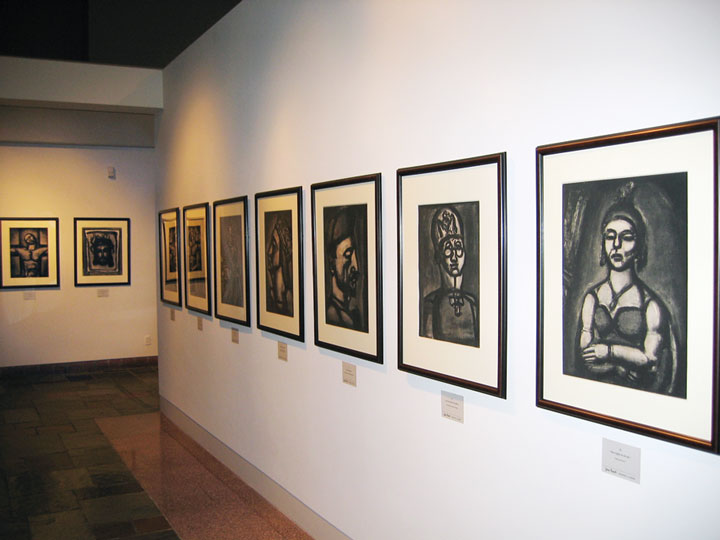
Georges Rouault: Miserere et Guerre |
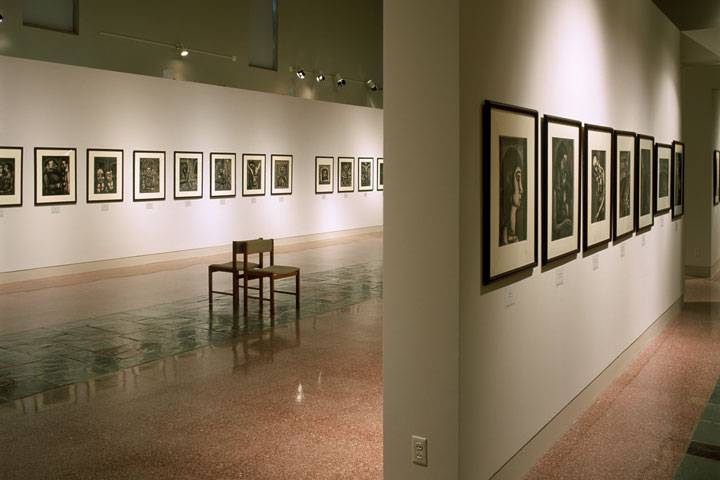
Georges Rouault: Miserere et Guerre |
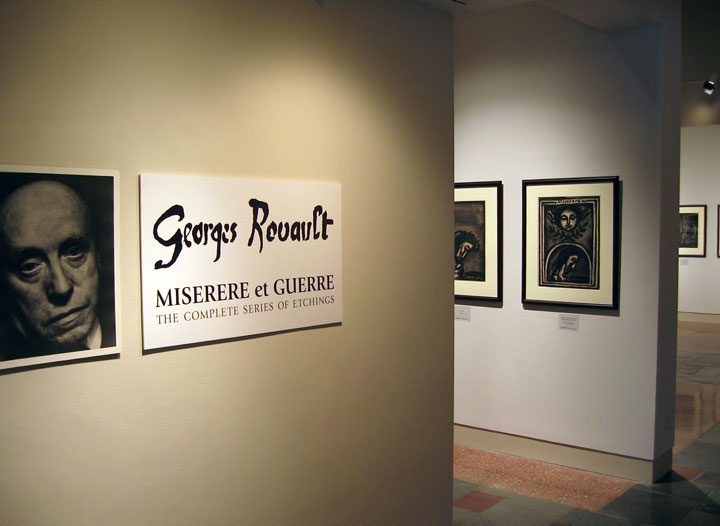
Georges Rouault: Miserere et Guerre |
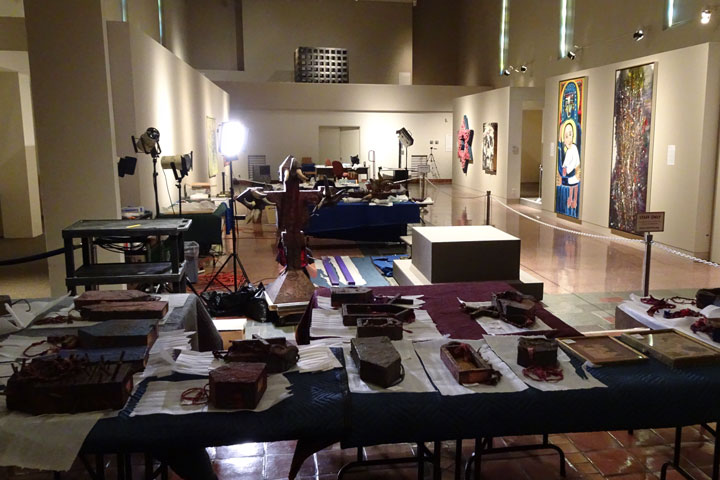
Visible Conservation |
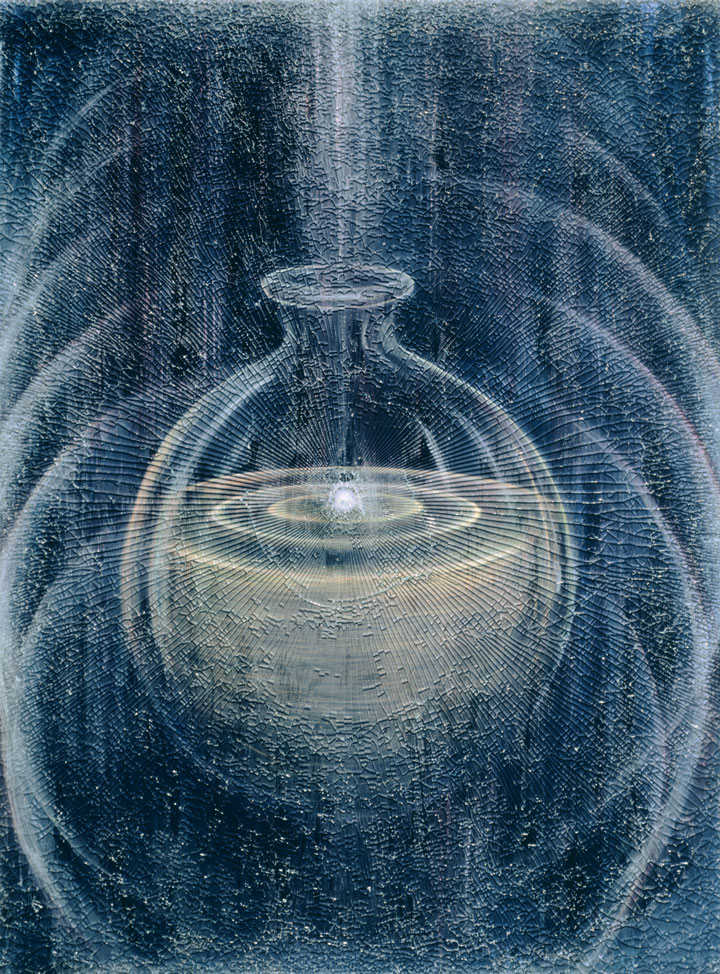
Highlights from the MOCRA Collection |
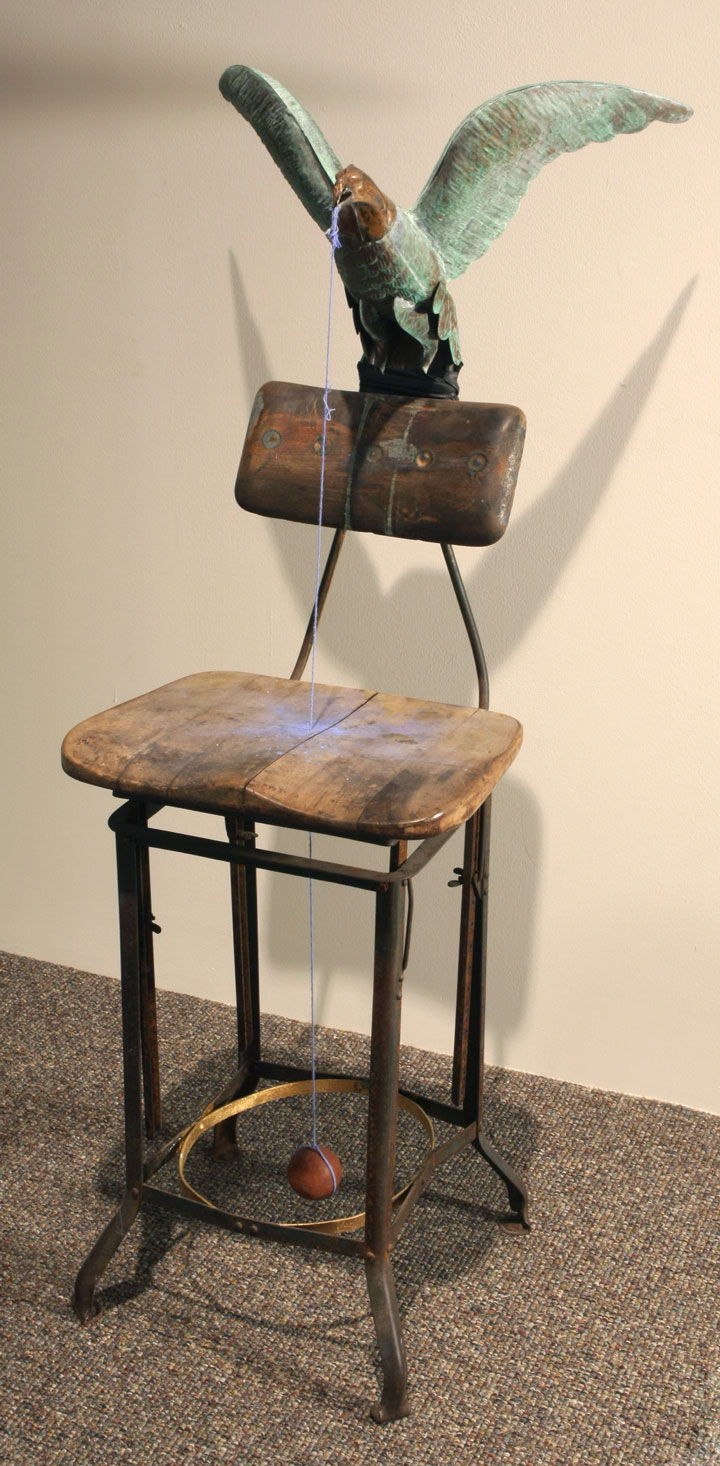
Highlights from the MOCRA Collection |
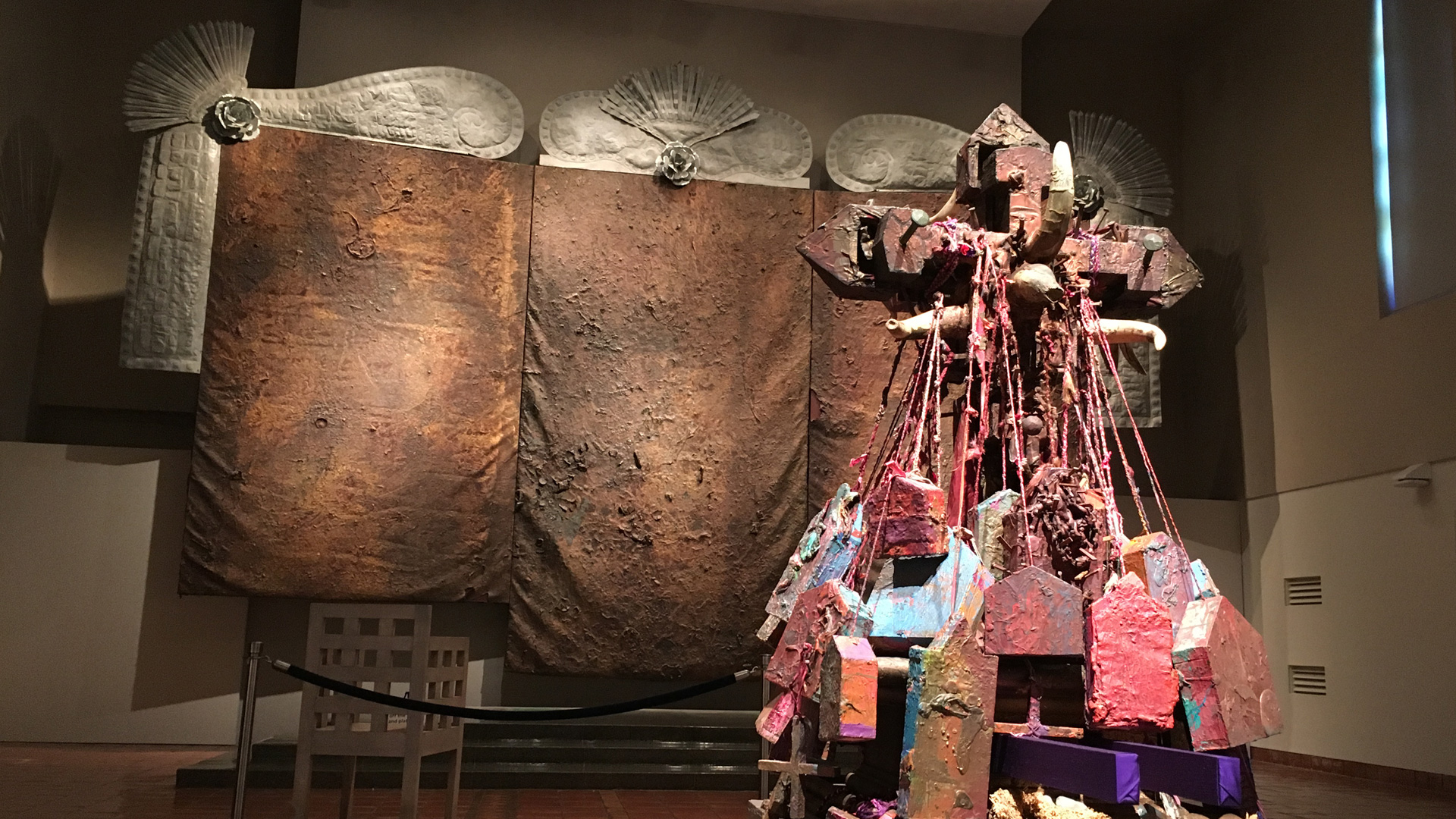
Highlights from the MOCRA Collection: The Romero Cross |
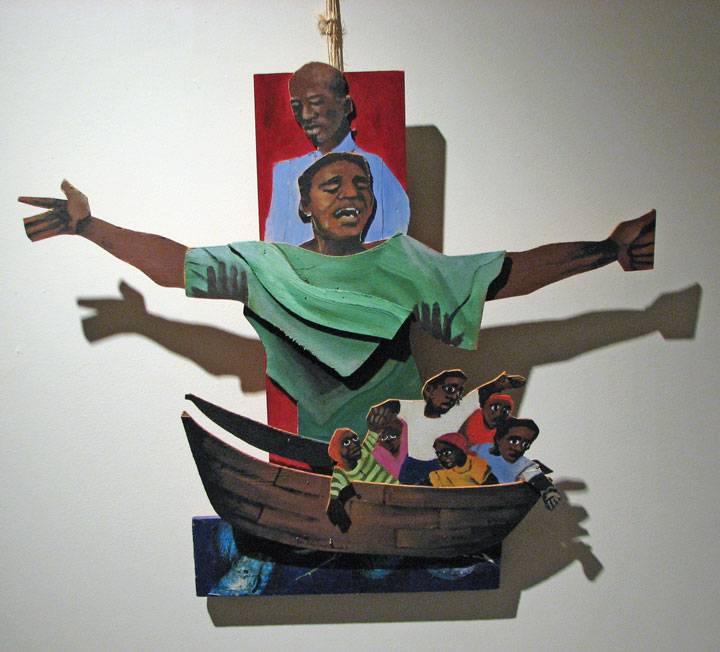
Highlights from the MOCRA Collection |
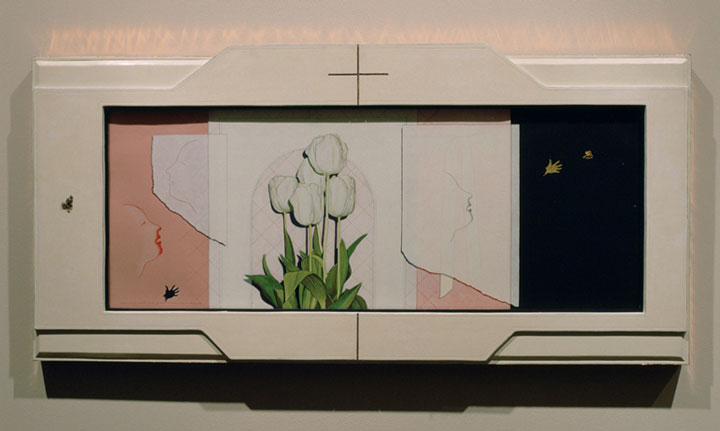
Highlights from the MOCRA Collection |
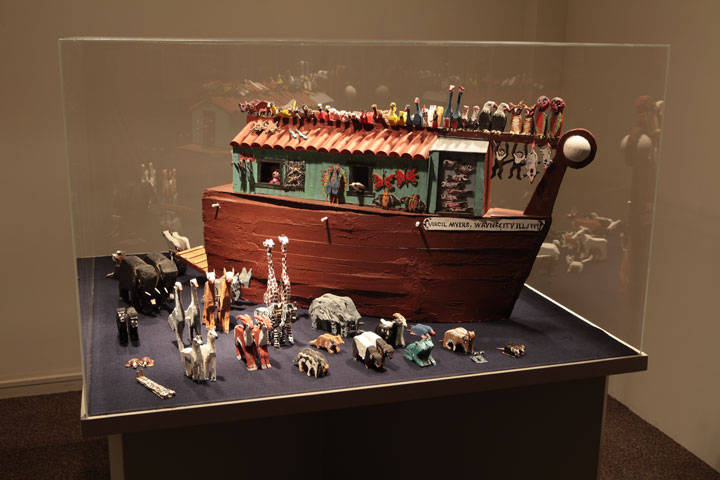
Highlights from the MOCRA Collection |
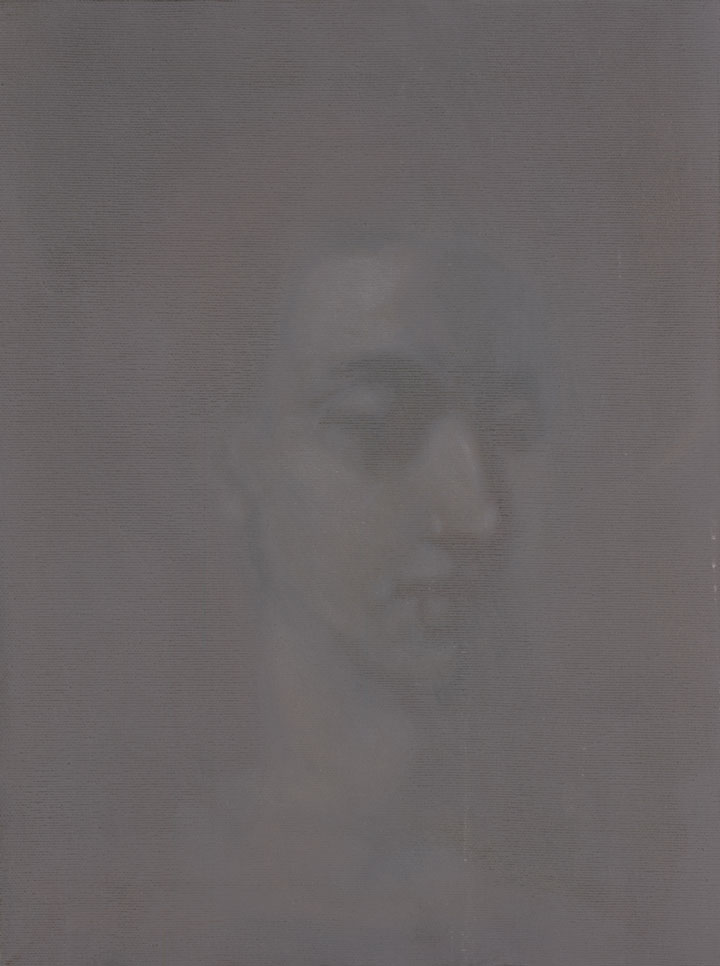
Highlights from the MOCRA Collection |
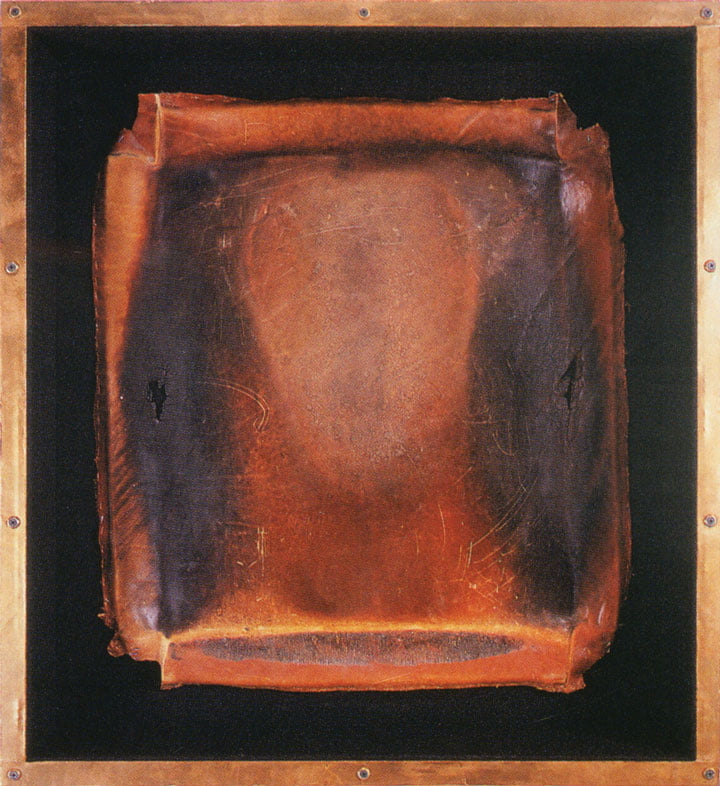
Highlights from the MOCRA Collection |
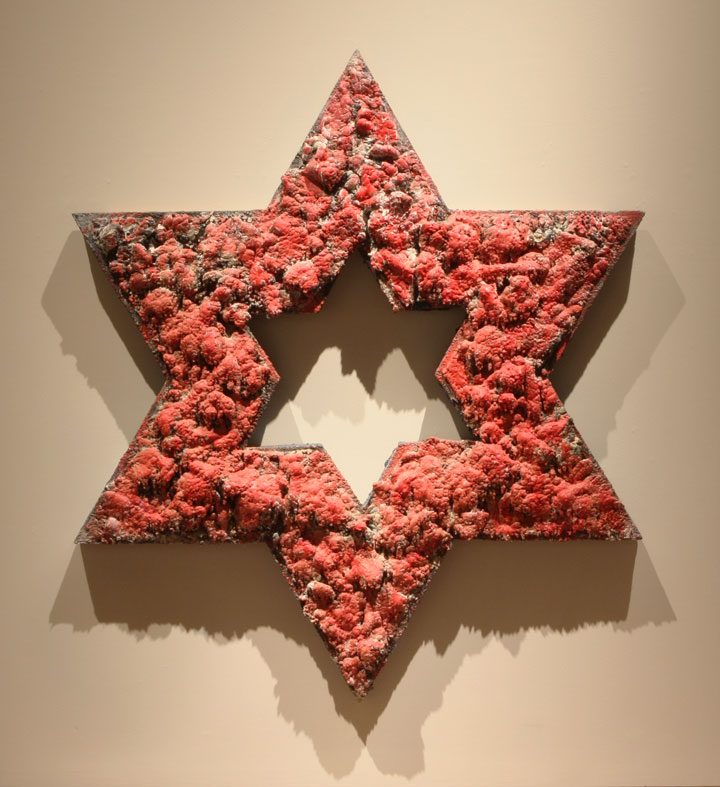
Highlights from the MOCRA Collection |
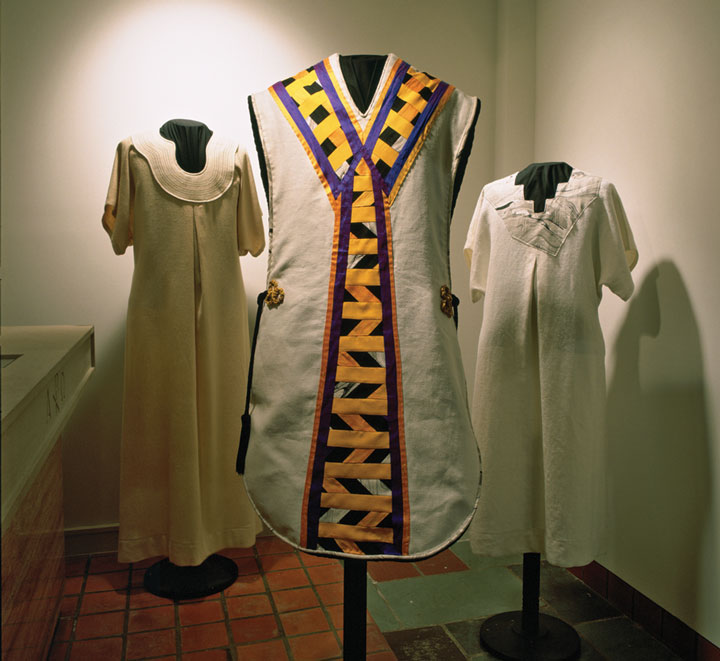
Highlights from the MOCRA Collection |

Sanctuaries: Recovering the Holy in Contemporary Art, Part Two – Three Major Installations |
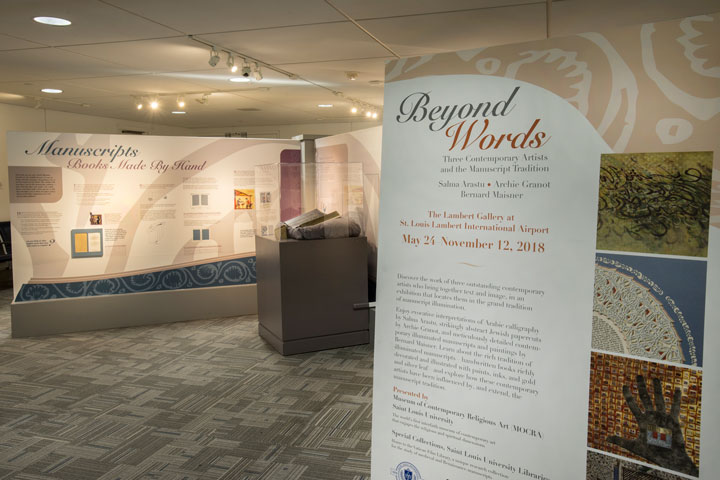
Beyond Words: Three Contemporary Artists and the Manuscript Tradition |
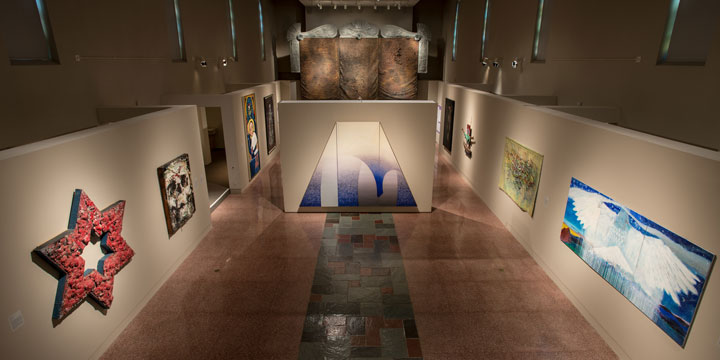
MOCRA: 25 |
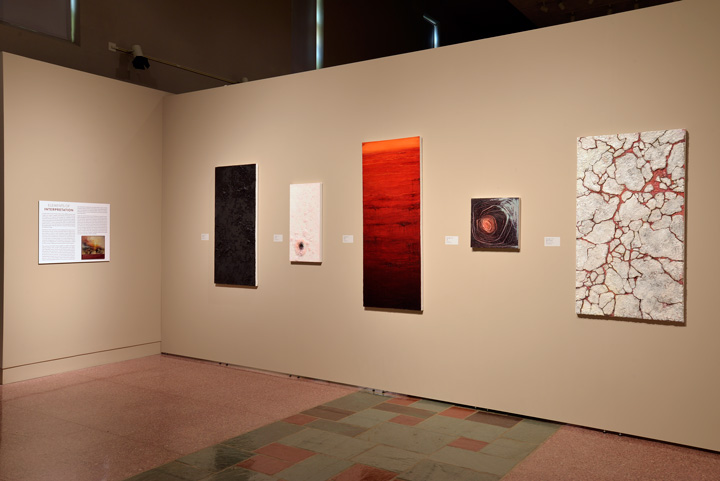
Gary Logan: Elements |
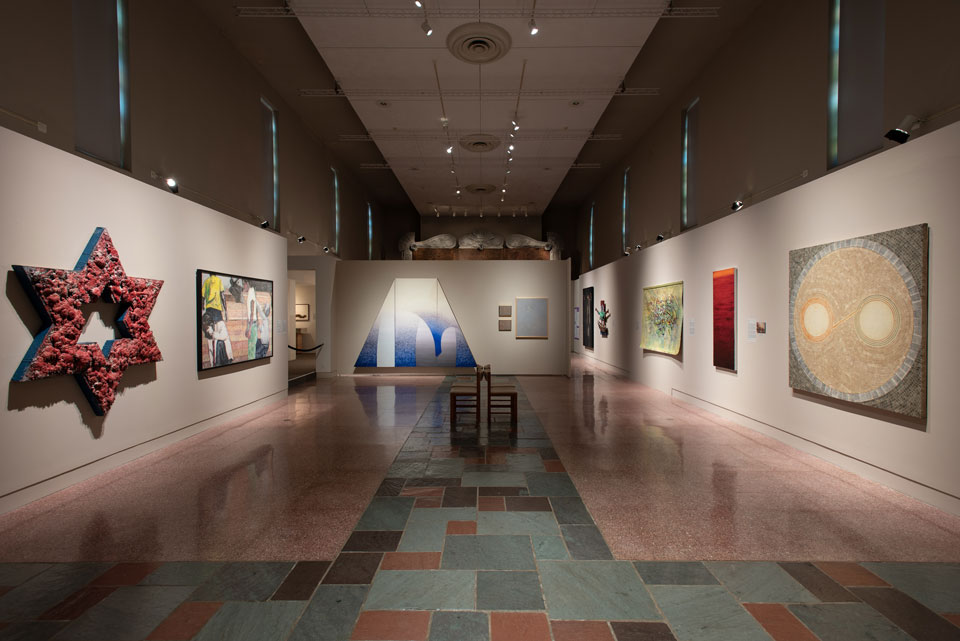
Gratitude |
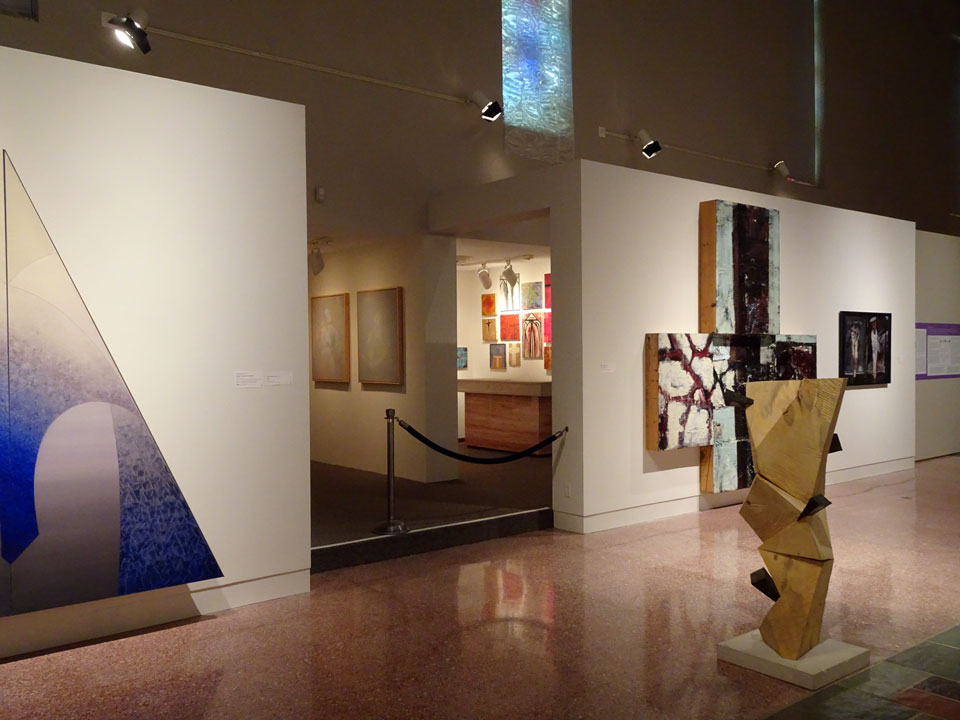
Surface to Source |
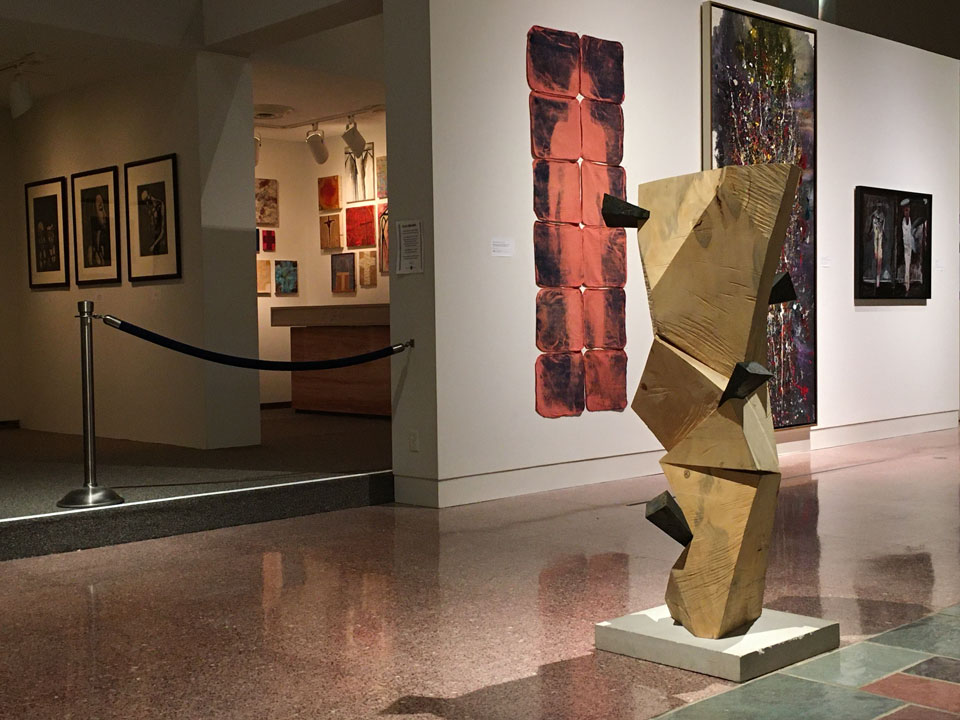
Quiet Isn’t Always Peace |
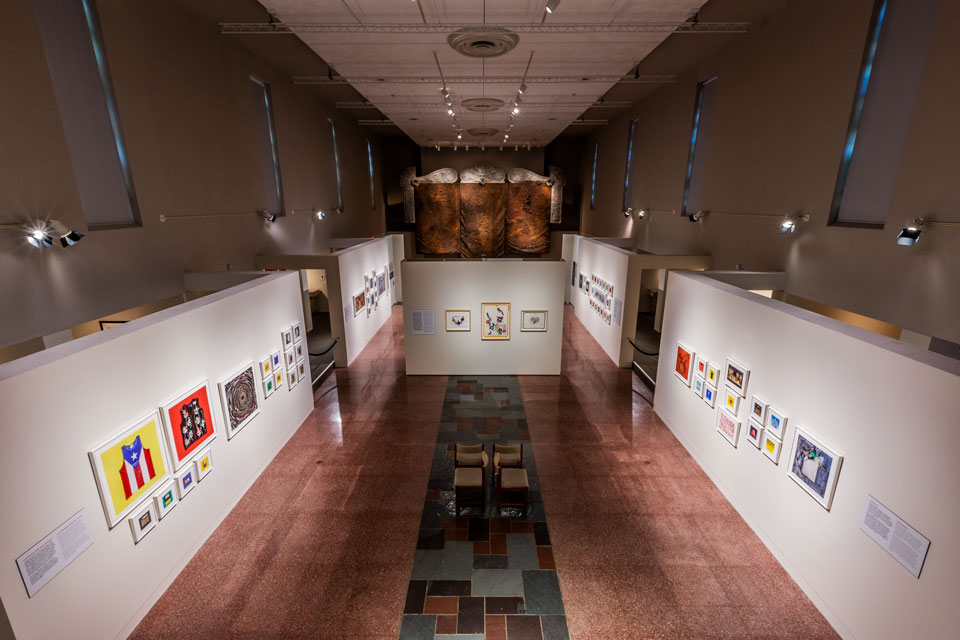
Tom Kiefer: Pertenencias / Belongings |
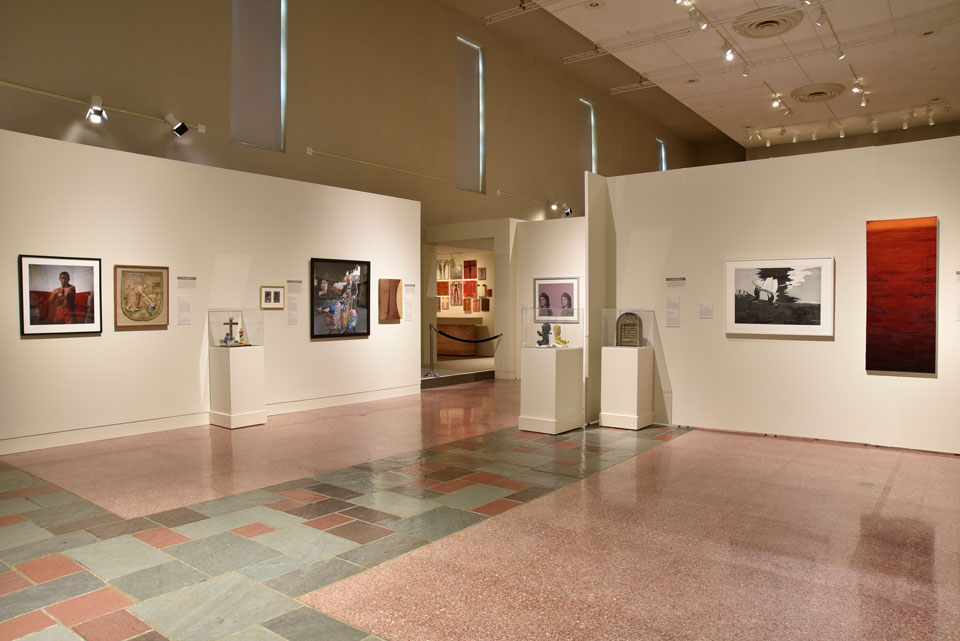
Double Vision: Art from Jesuit University Collections |
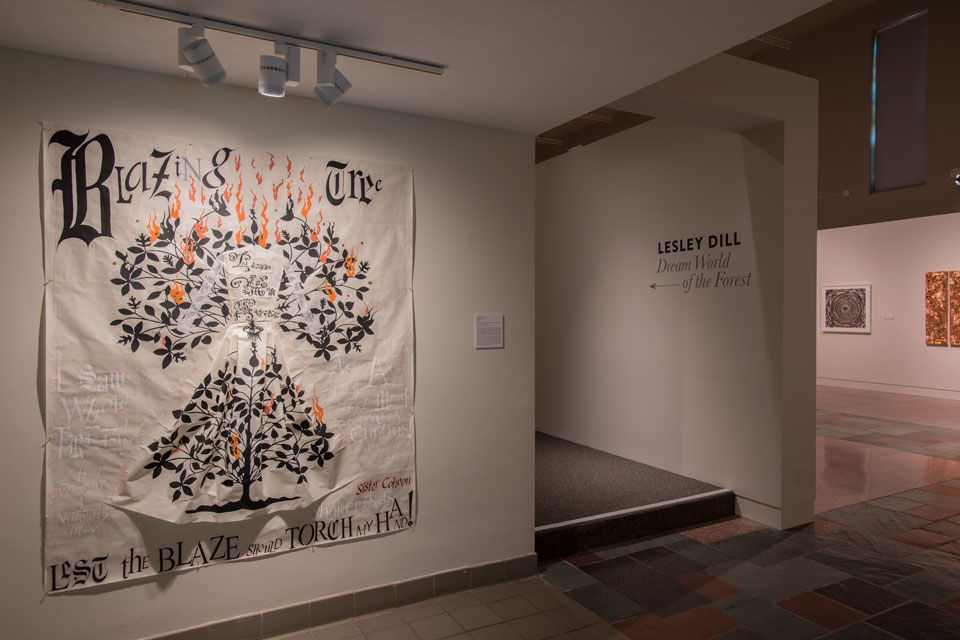
Lesley Dill: Dream World of the Forest |
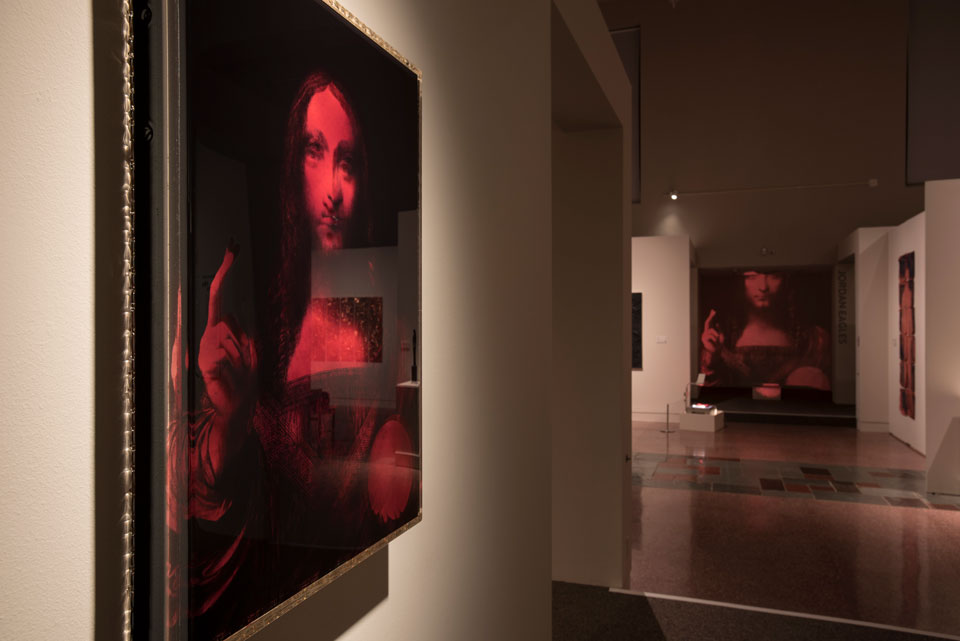
Jordan Eagles: VIRAL\VALUE |
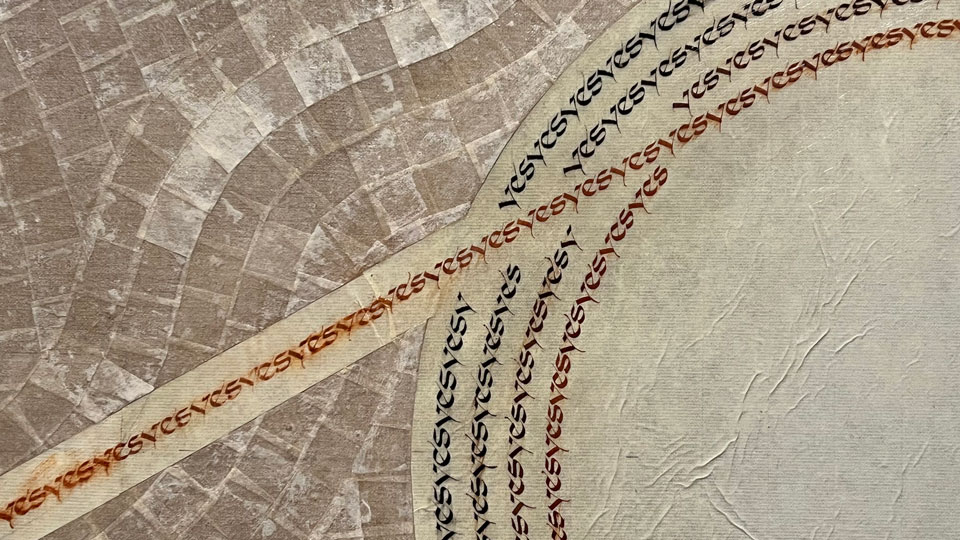
This Road Is the Heart Opening: Selections from the MOCRA Collection |
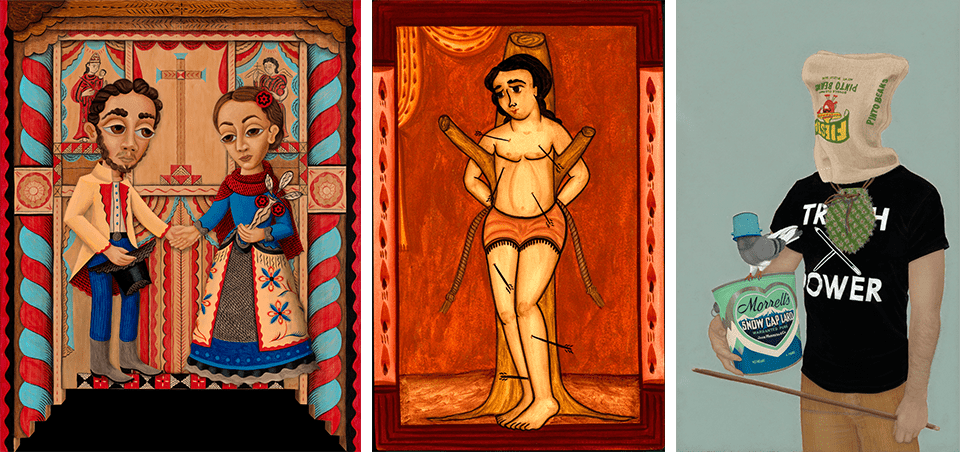
Vicente Telles and Brandon Maldonado: Cuentos Nuevomexicanos |
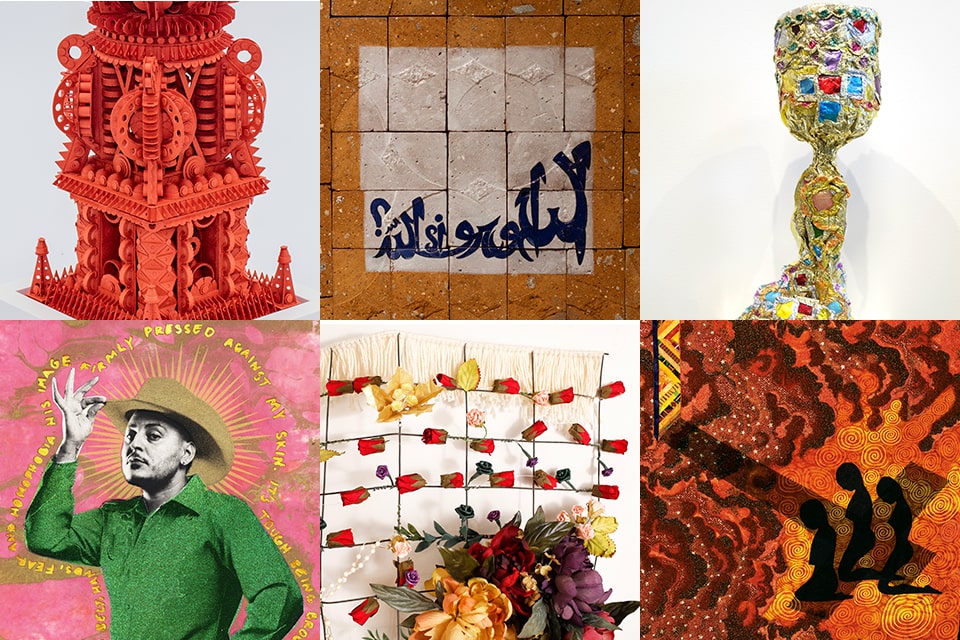
Open Hands: Crafting the Spiritual |
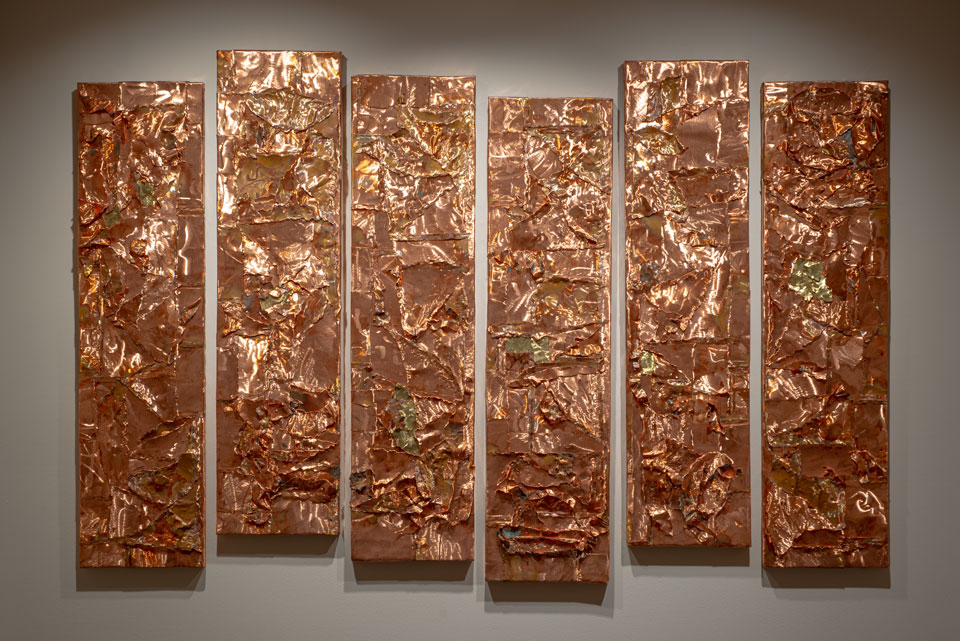
Selections from the MOCRA Collection |
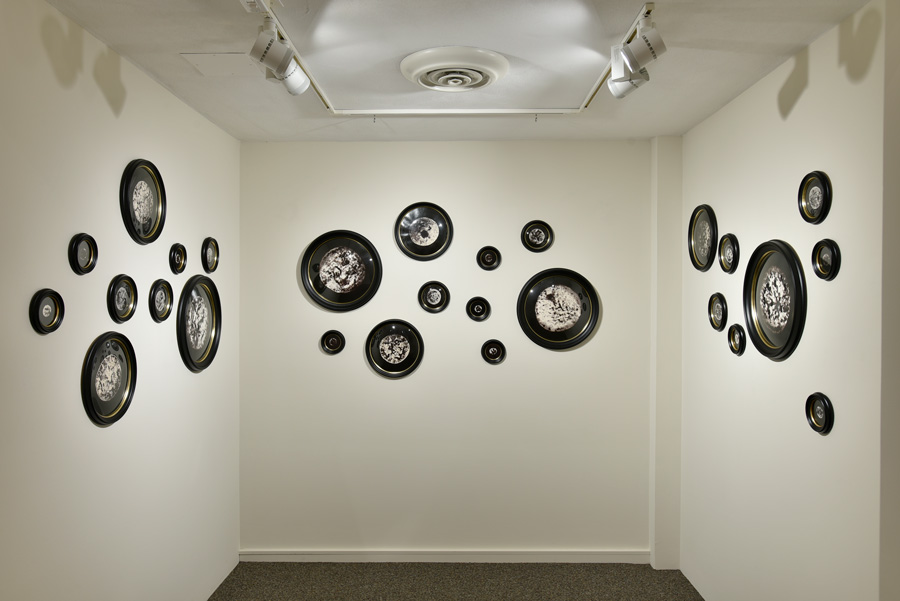
Continuum: Figuration and Abstraction in the MOCRA Collection |
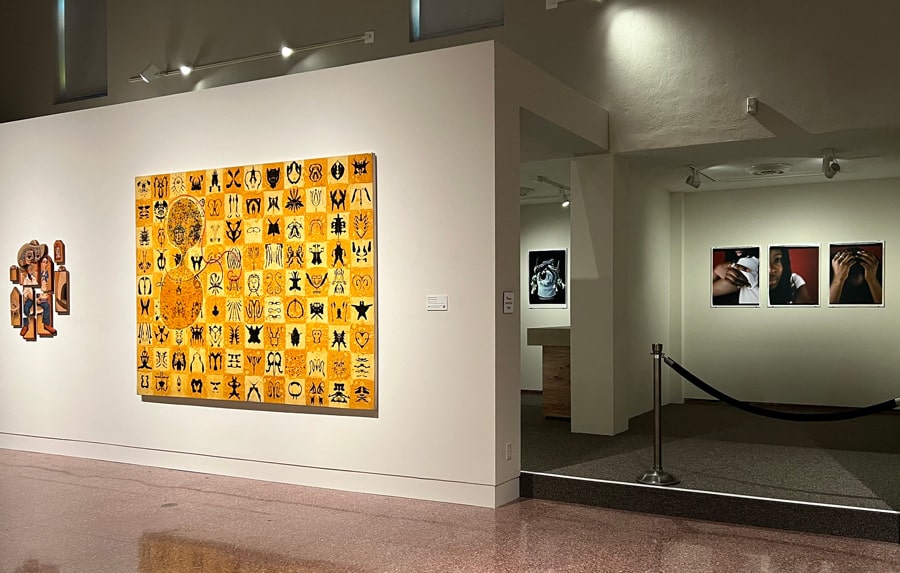
Continuum (Continued): Figuration and Abstraction in the MOCRA Collection |
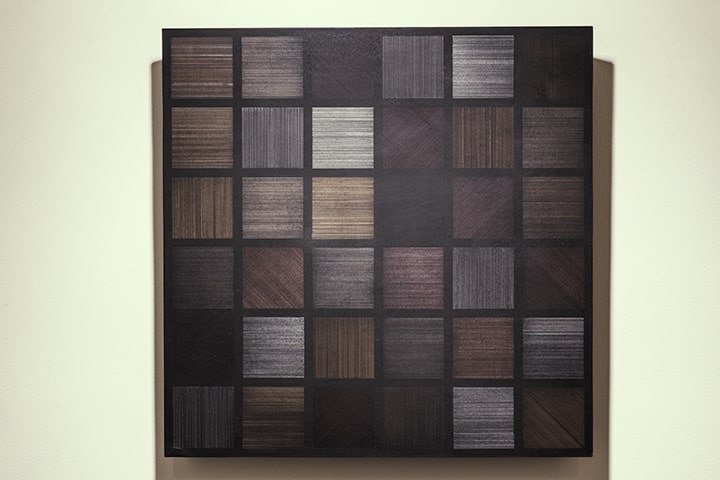
Selections from the MOCRA Collection |